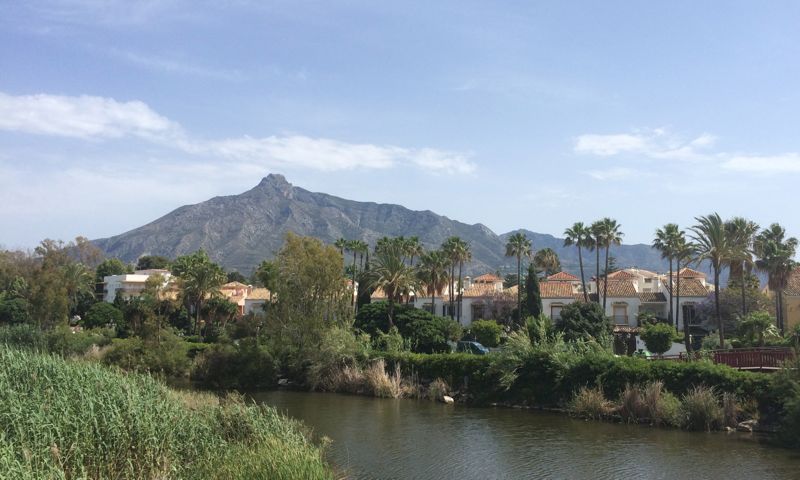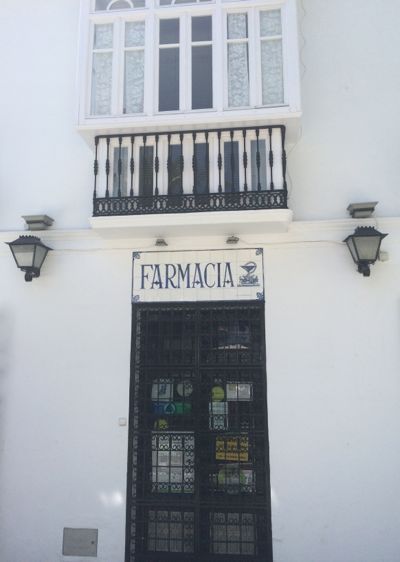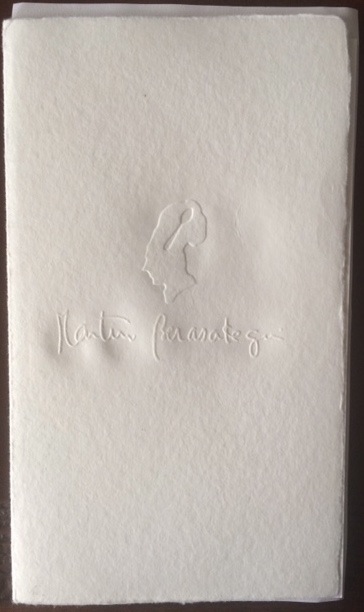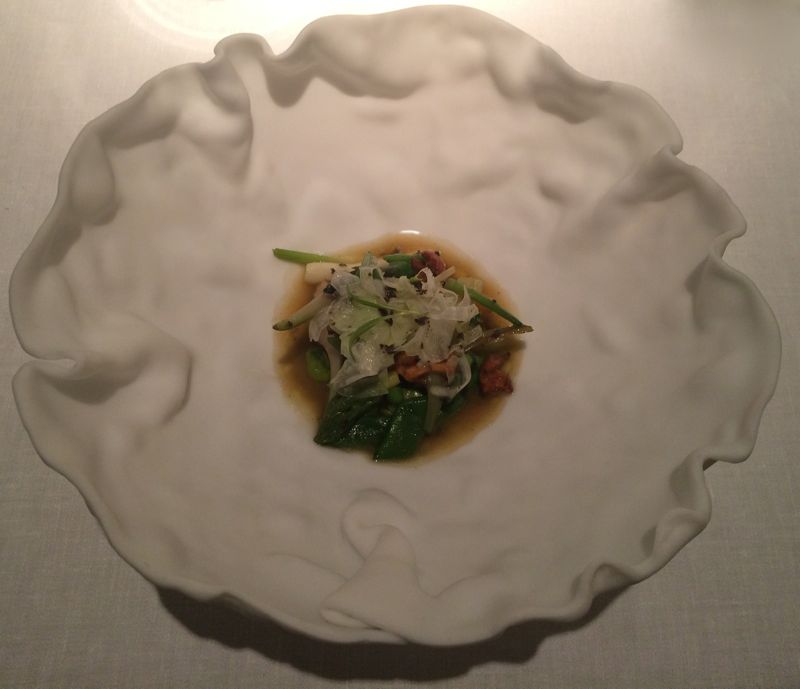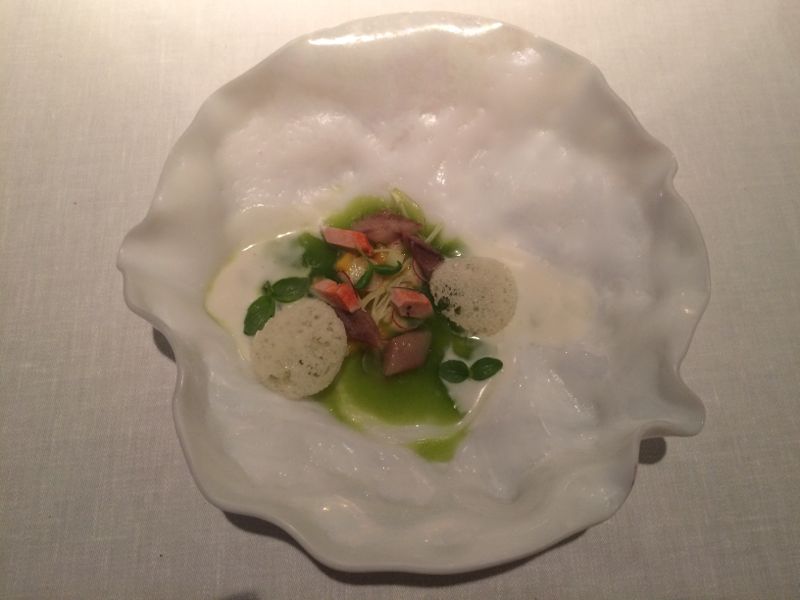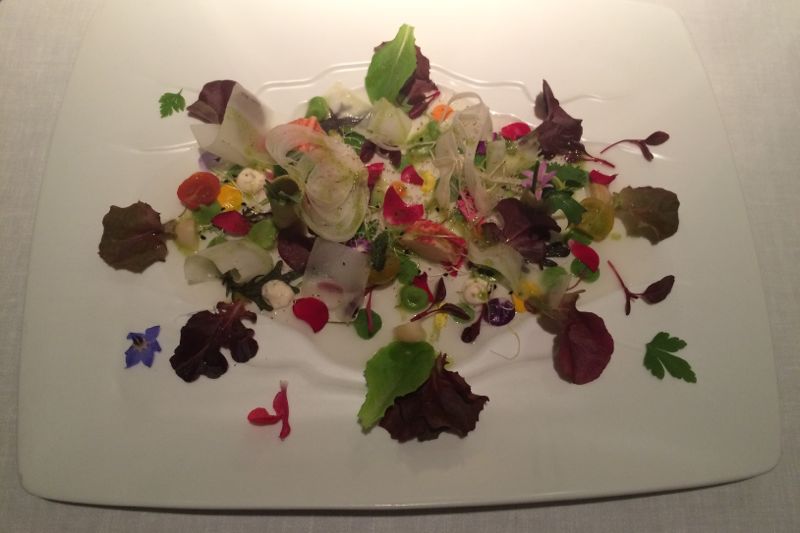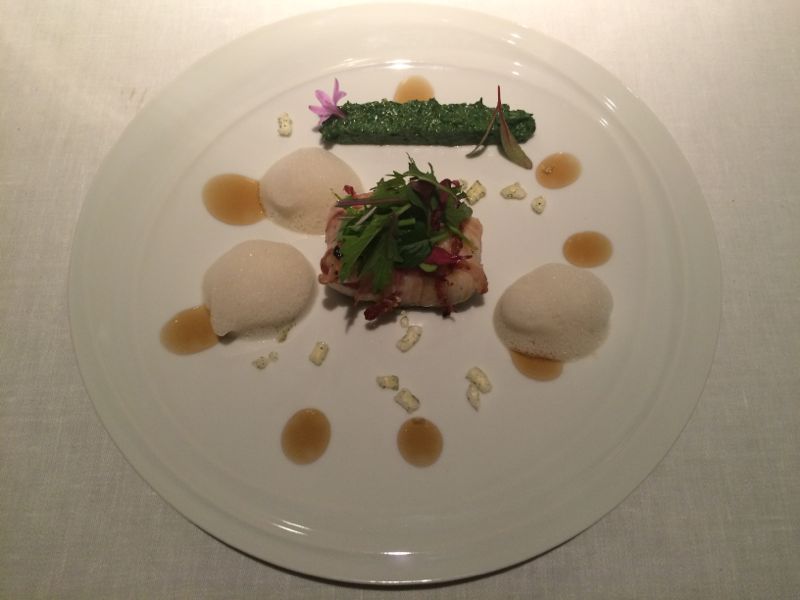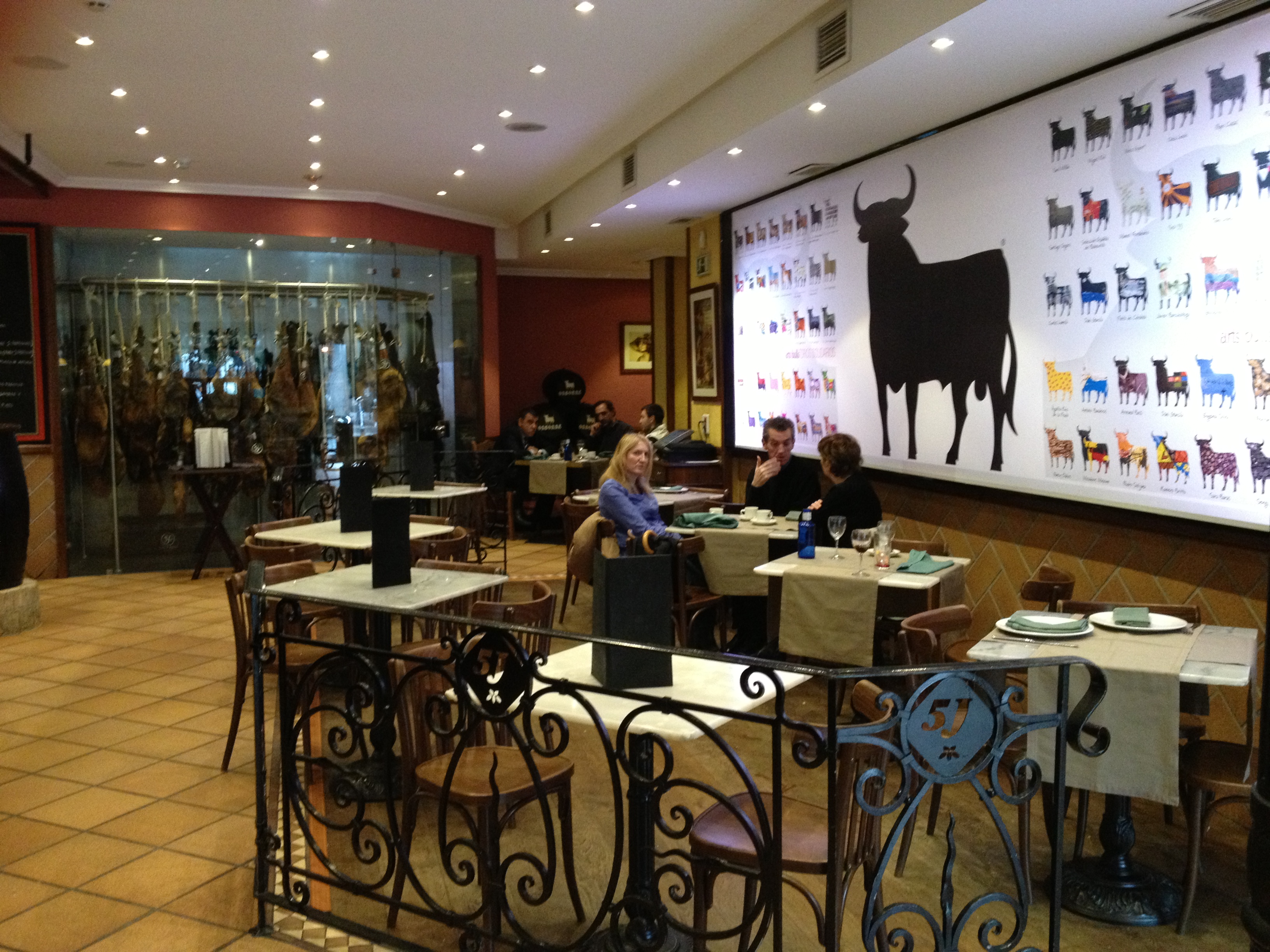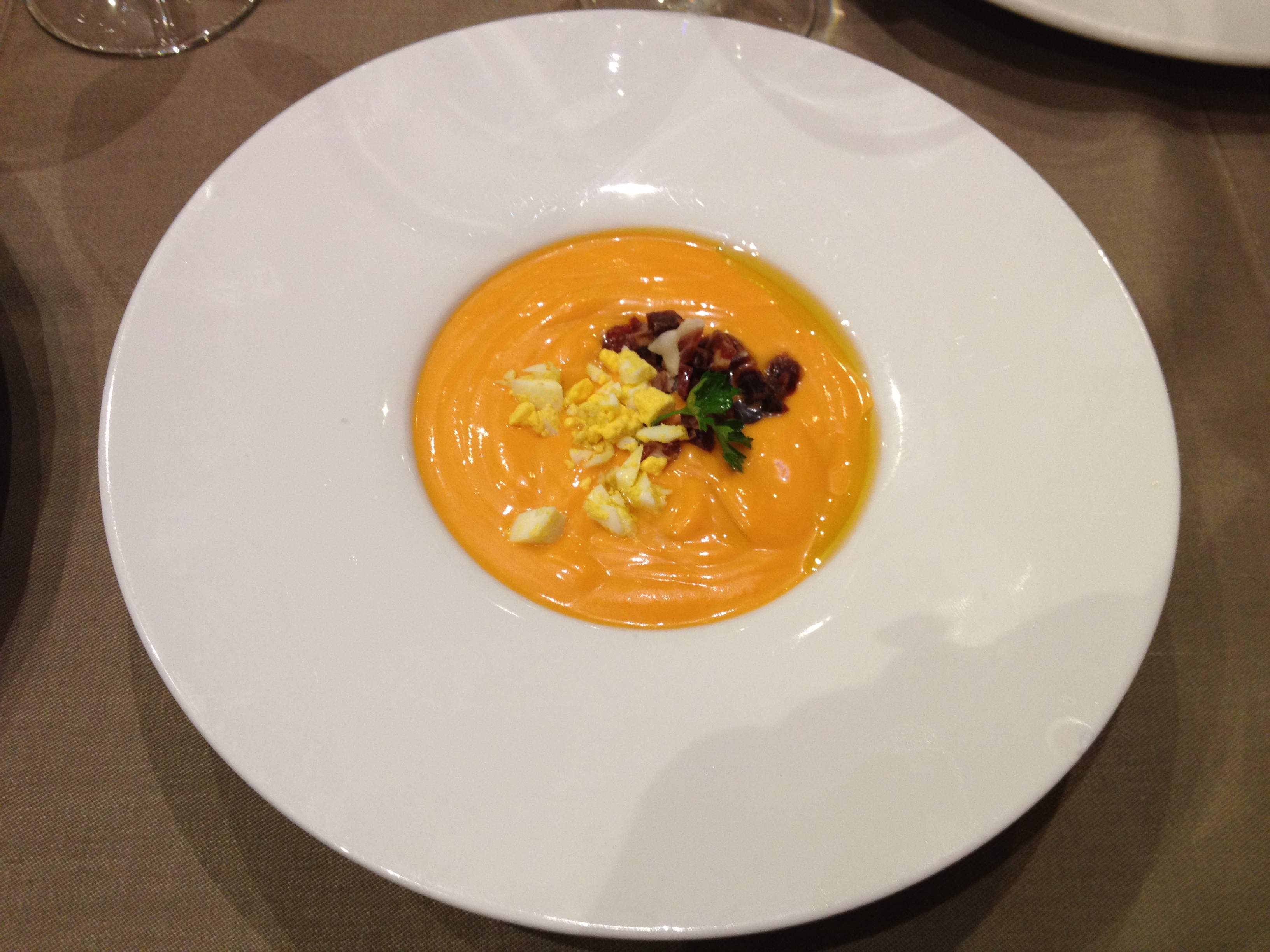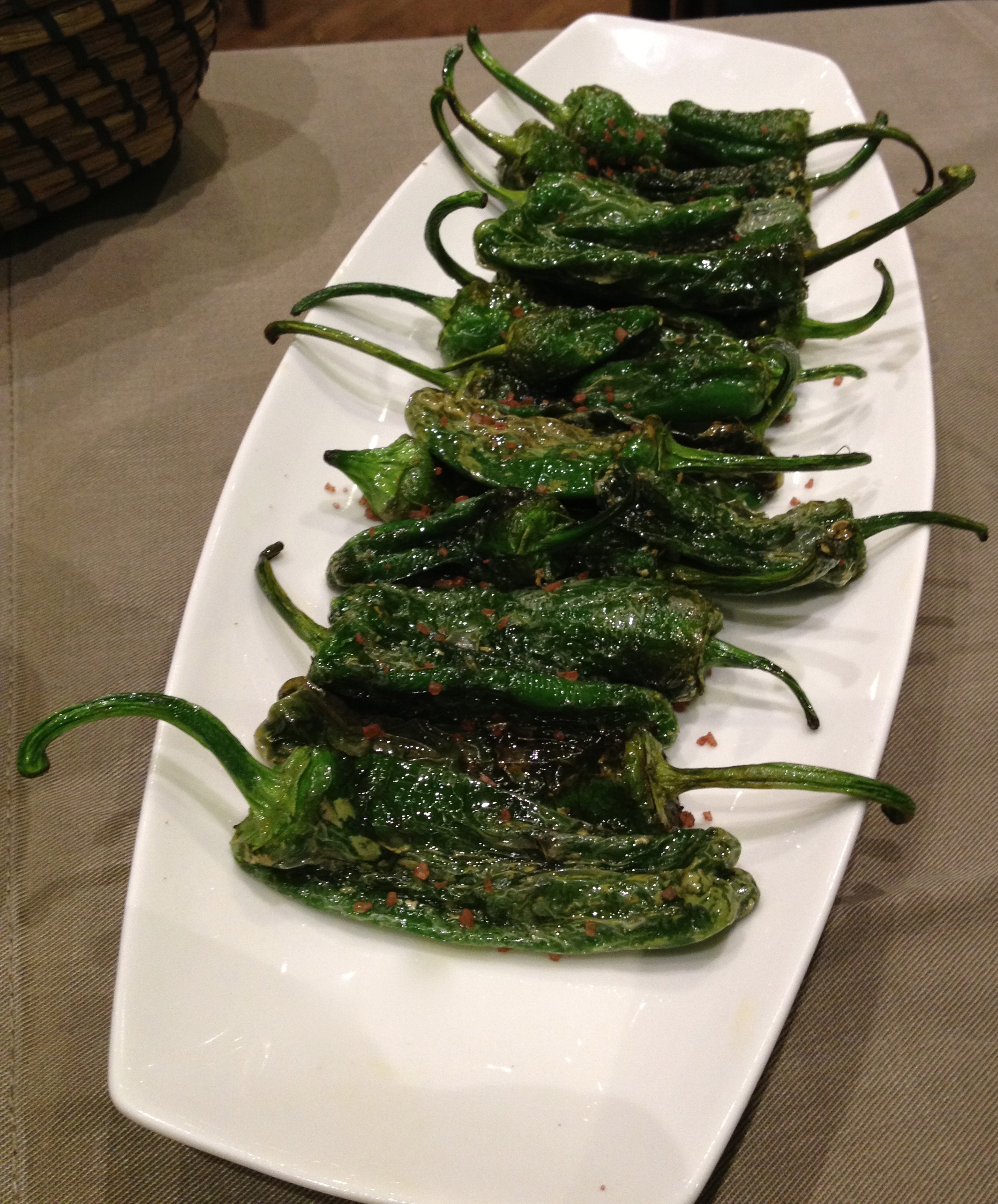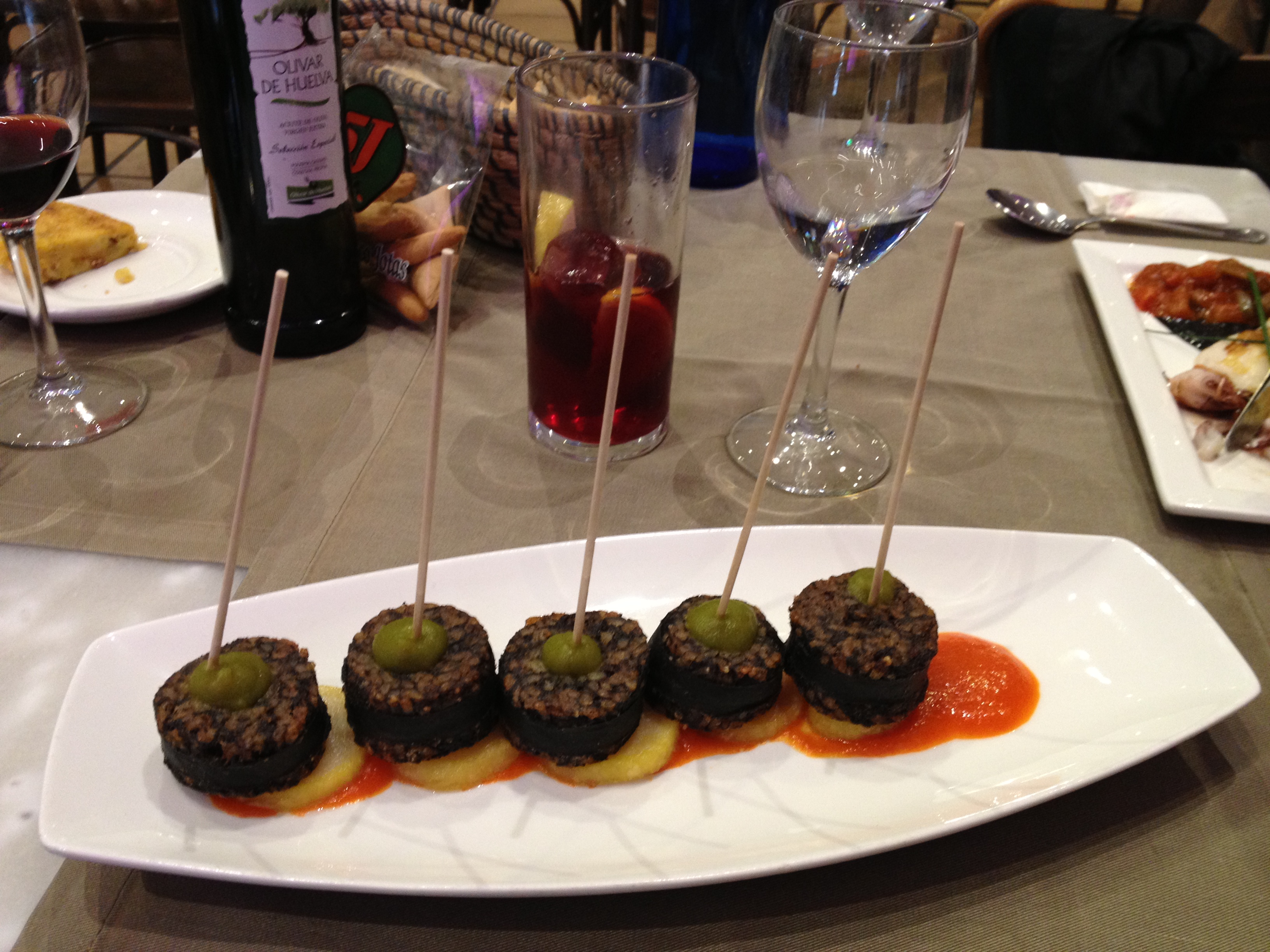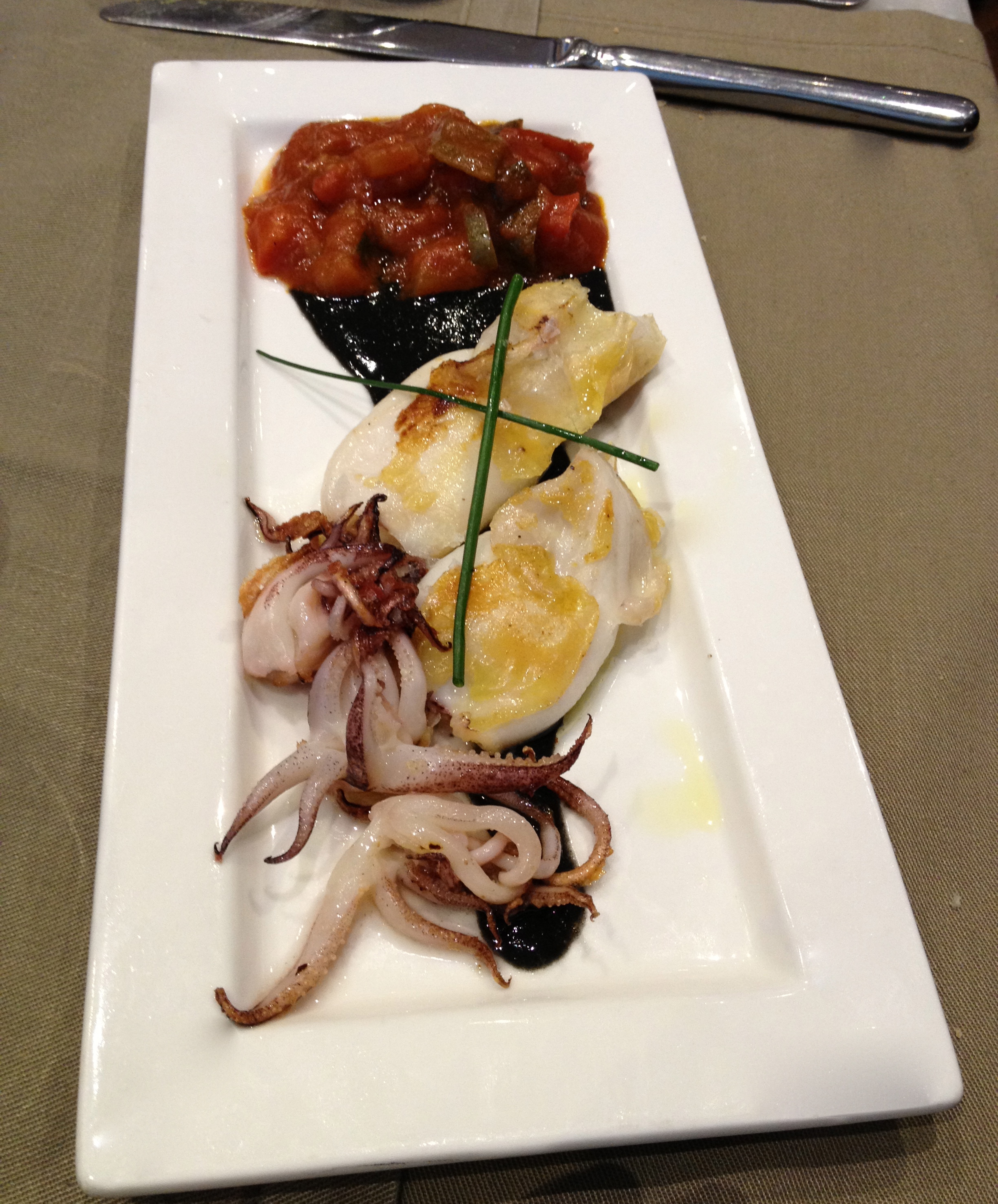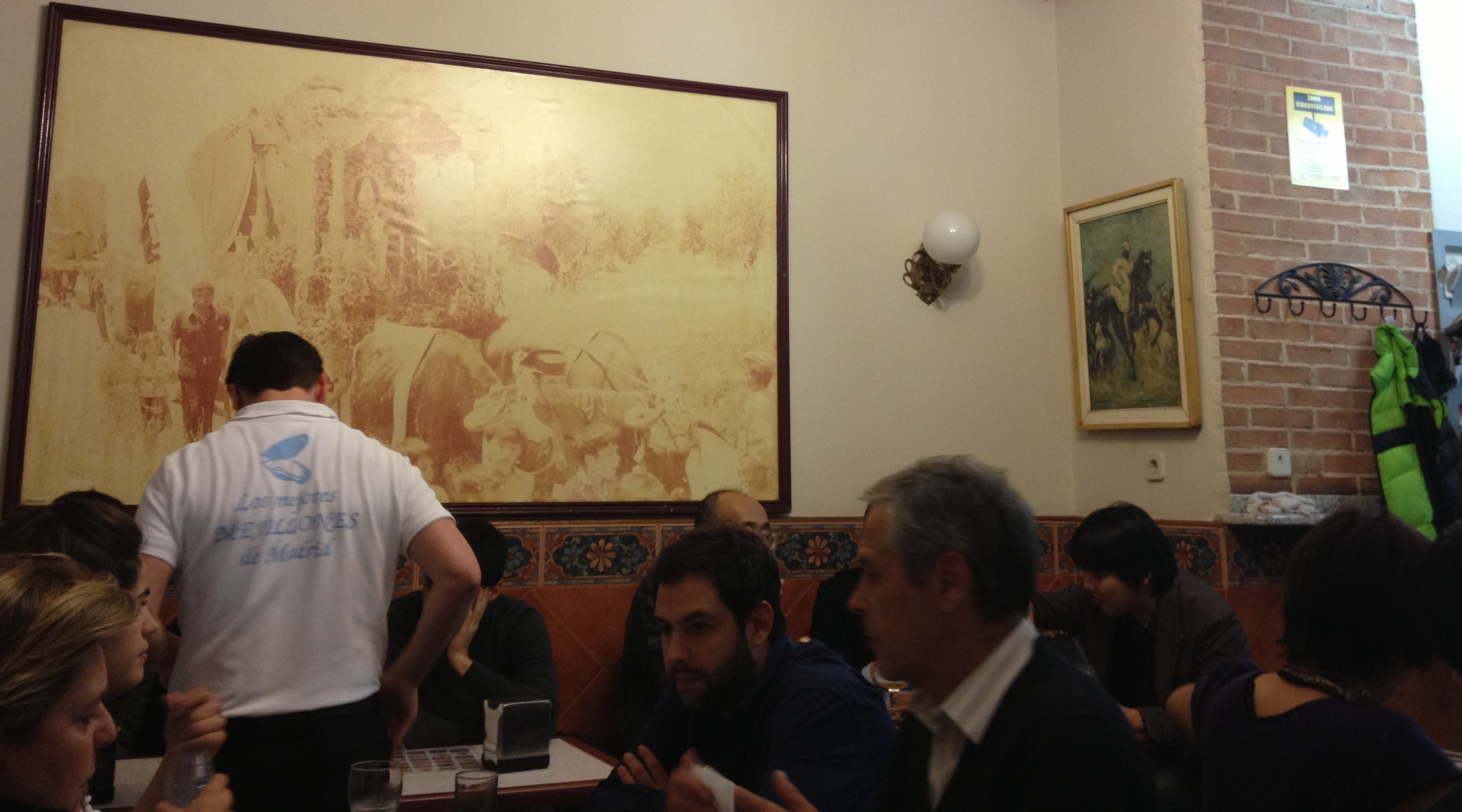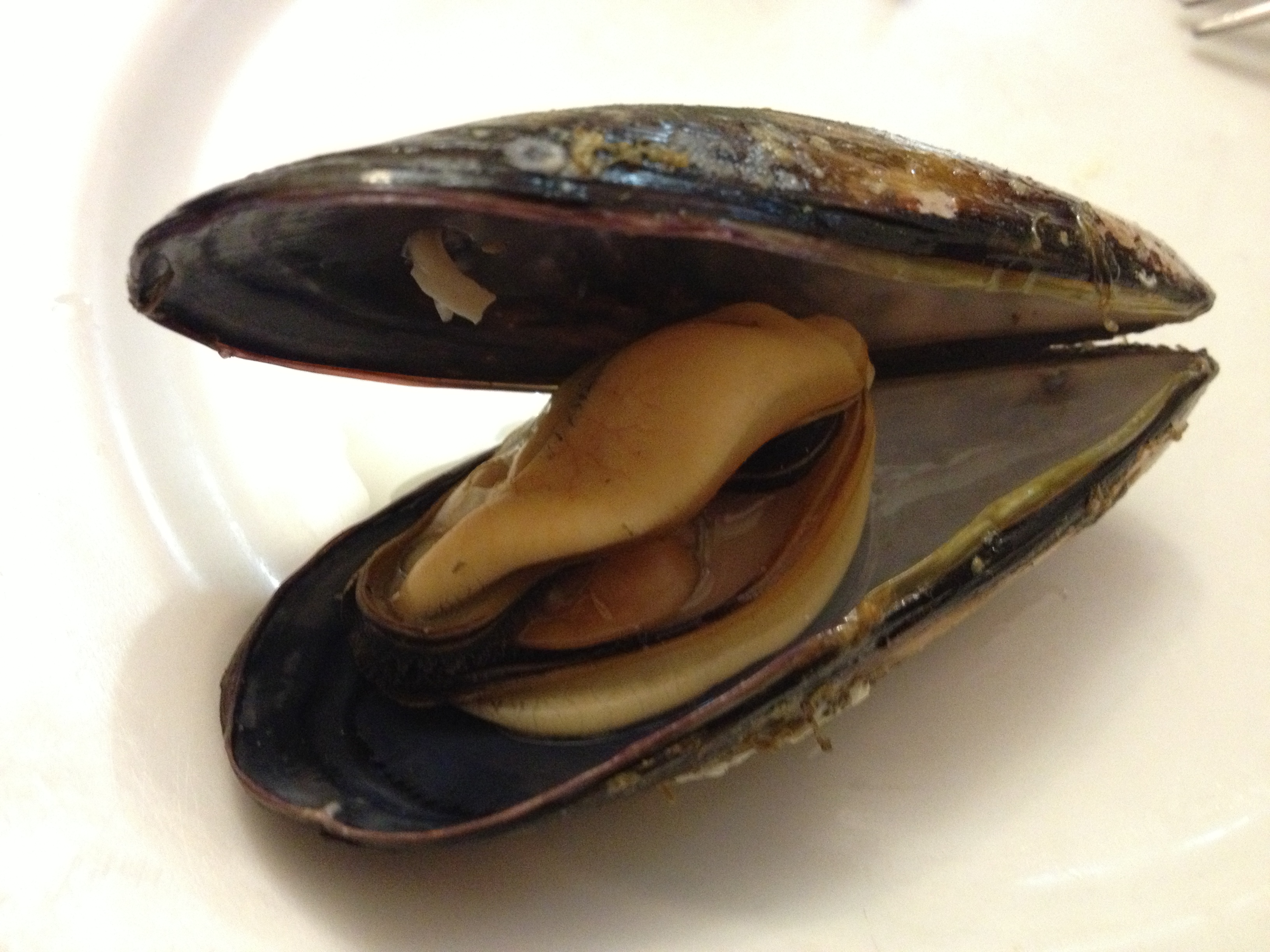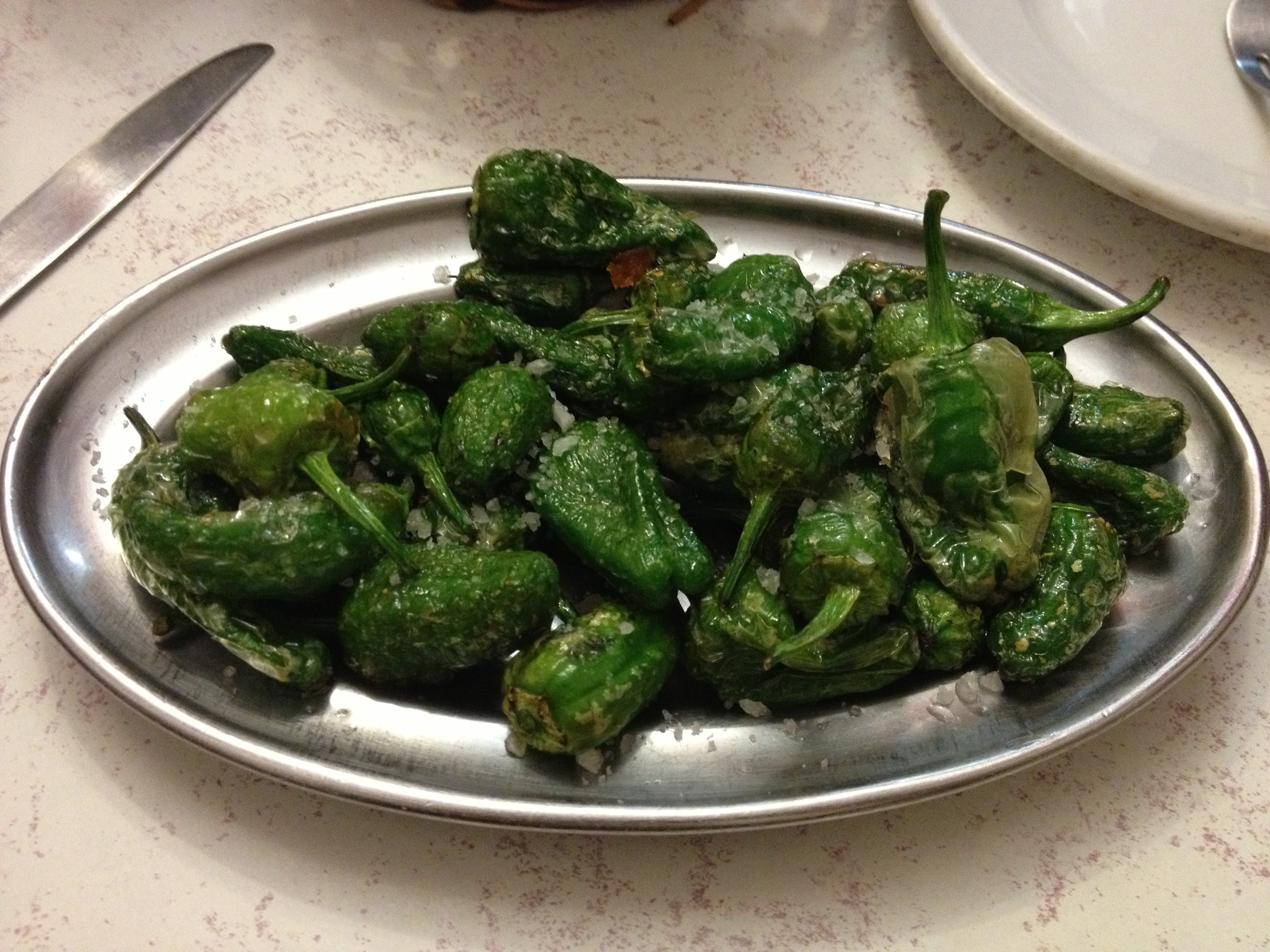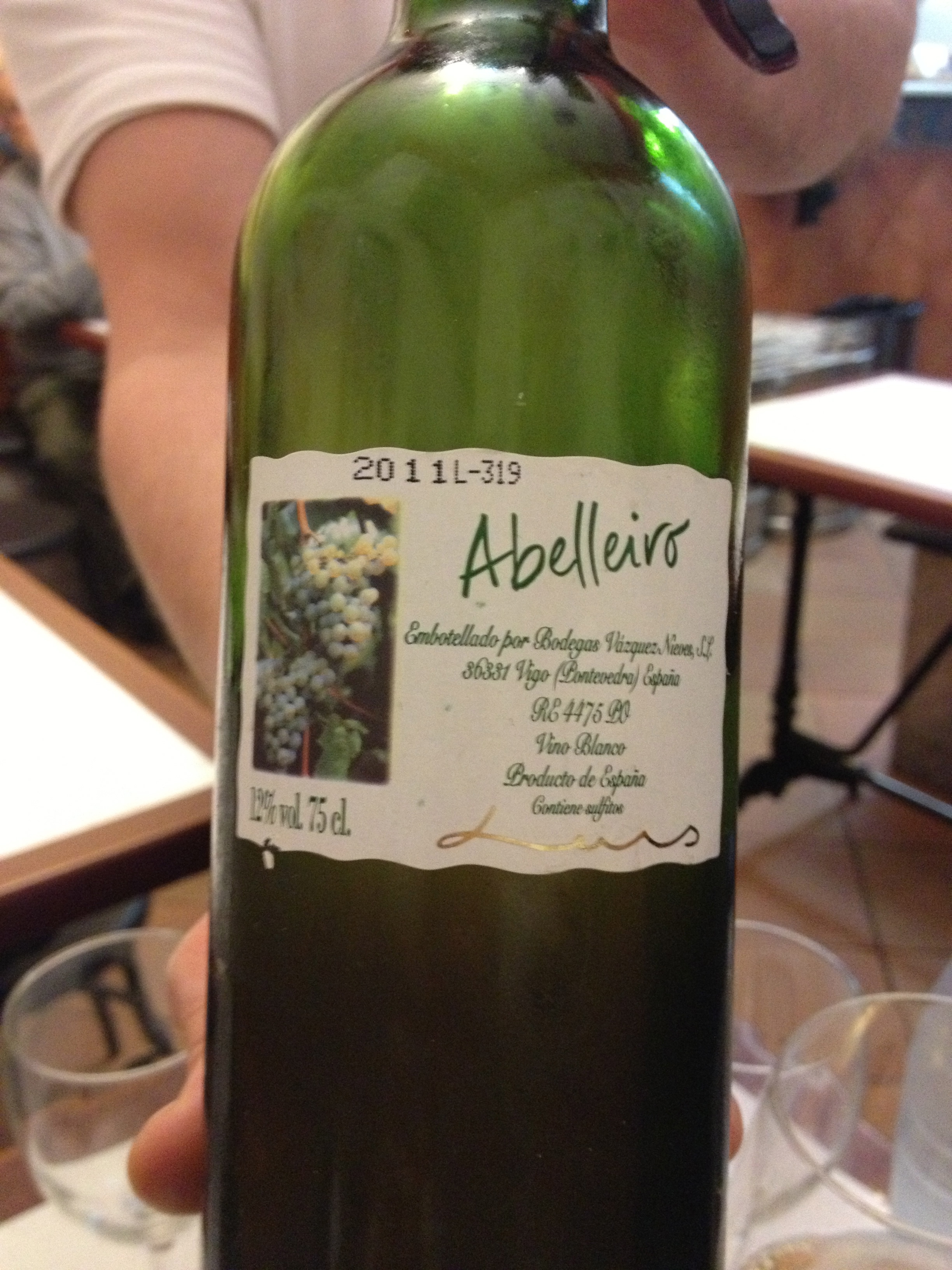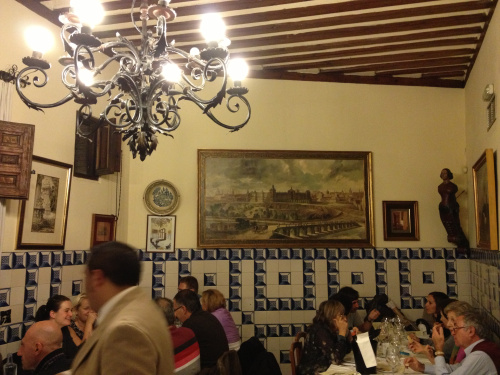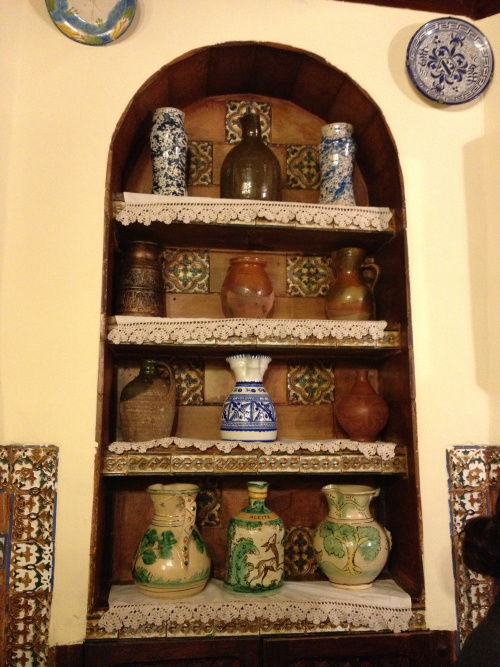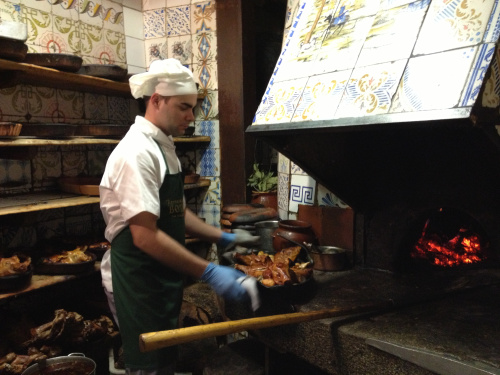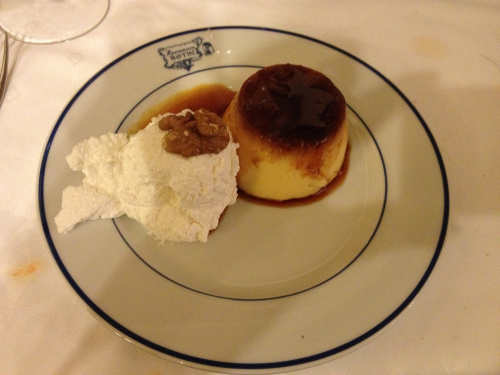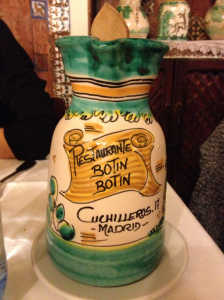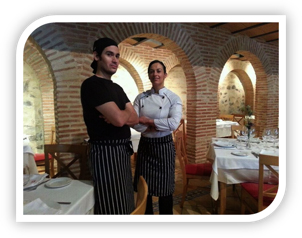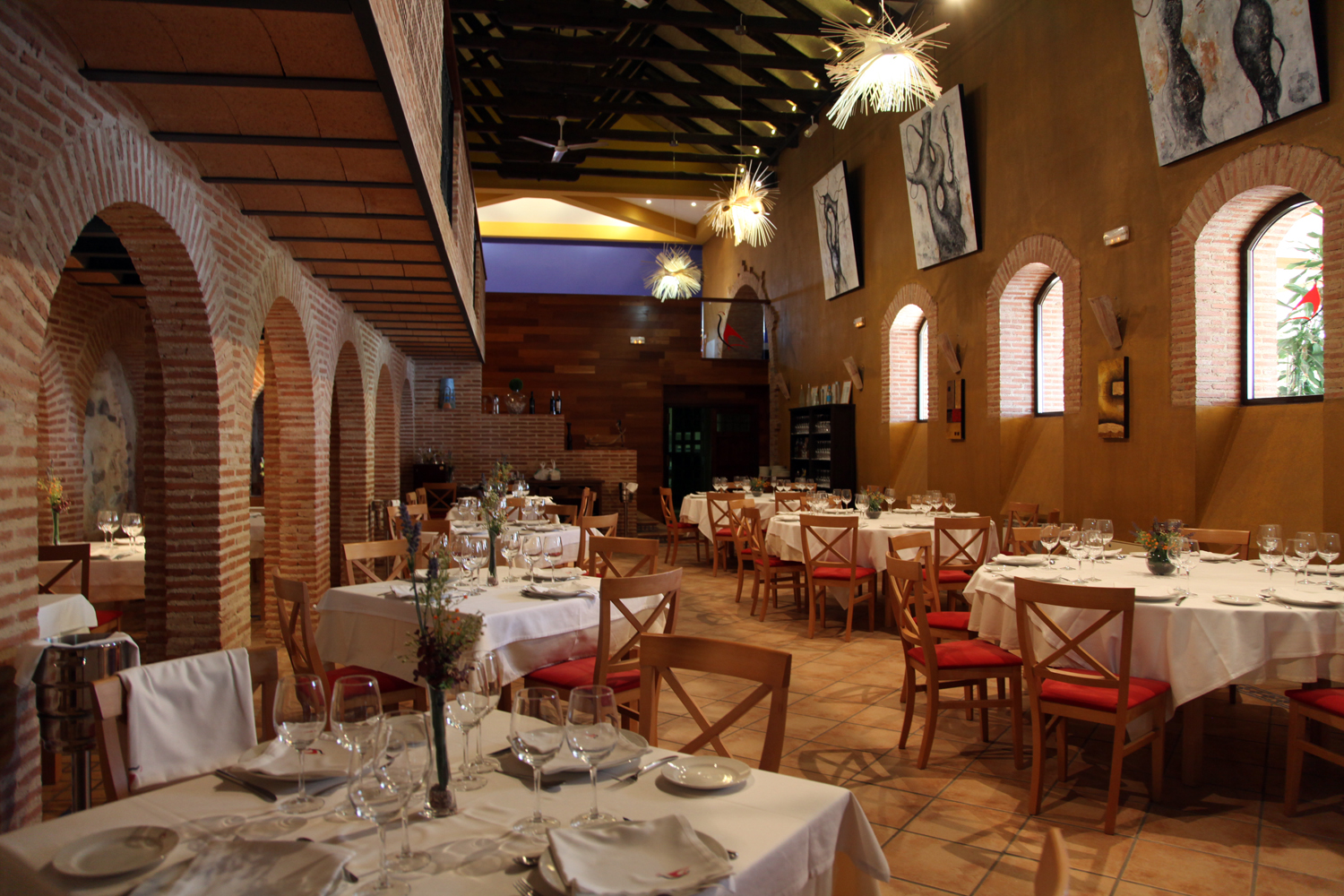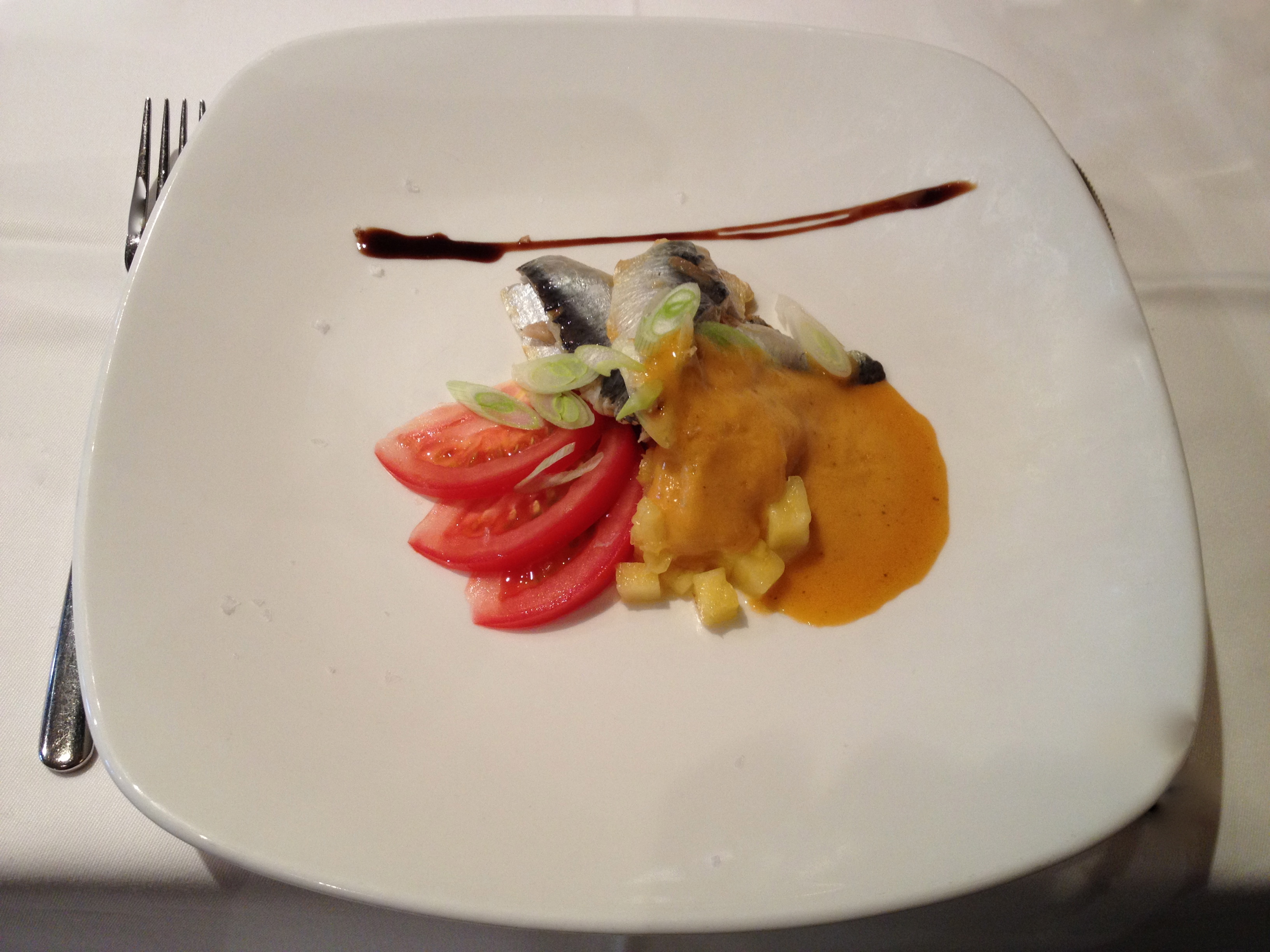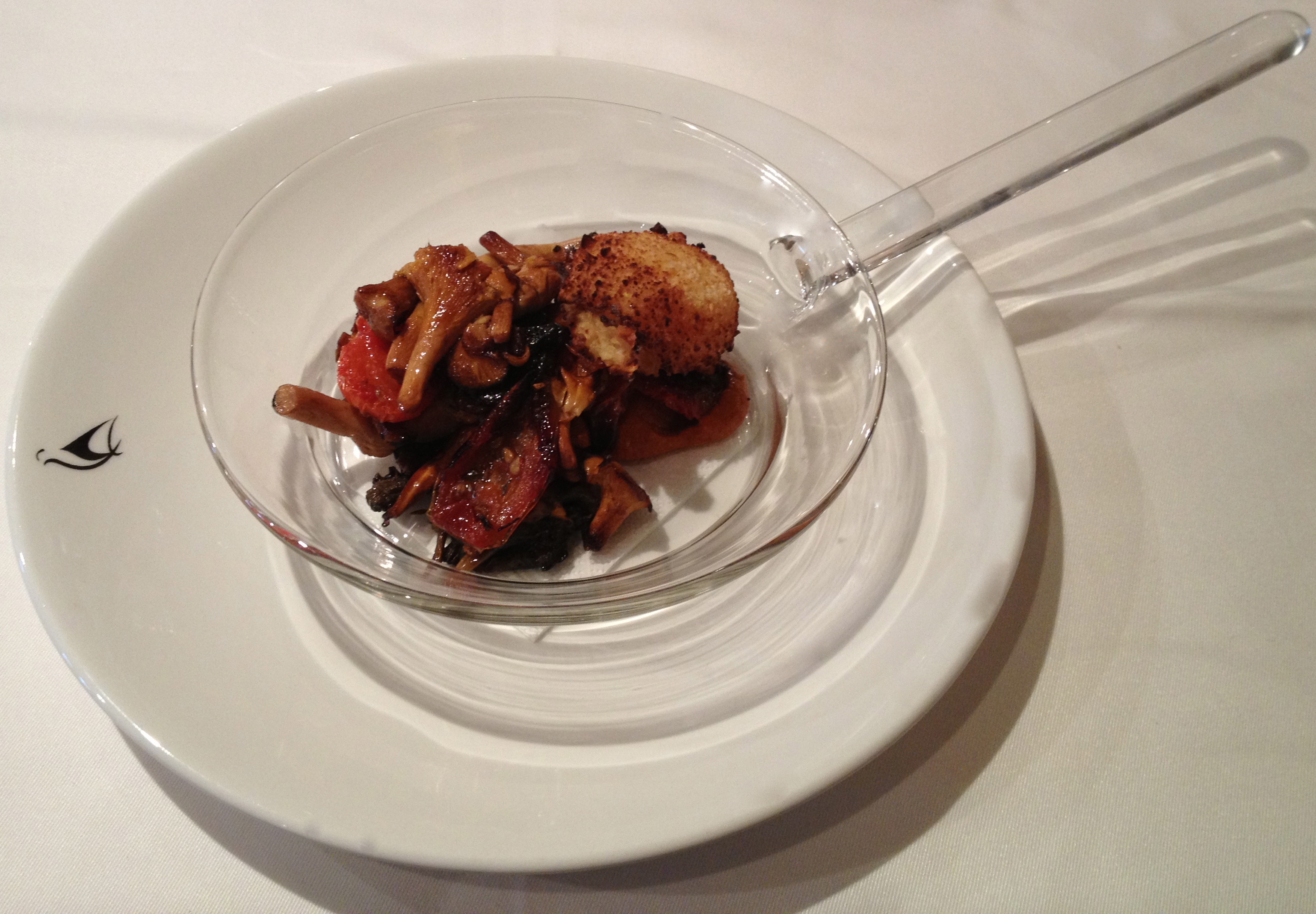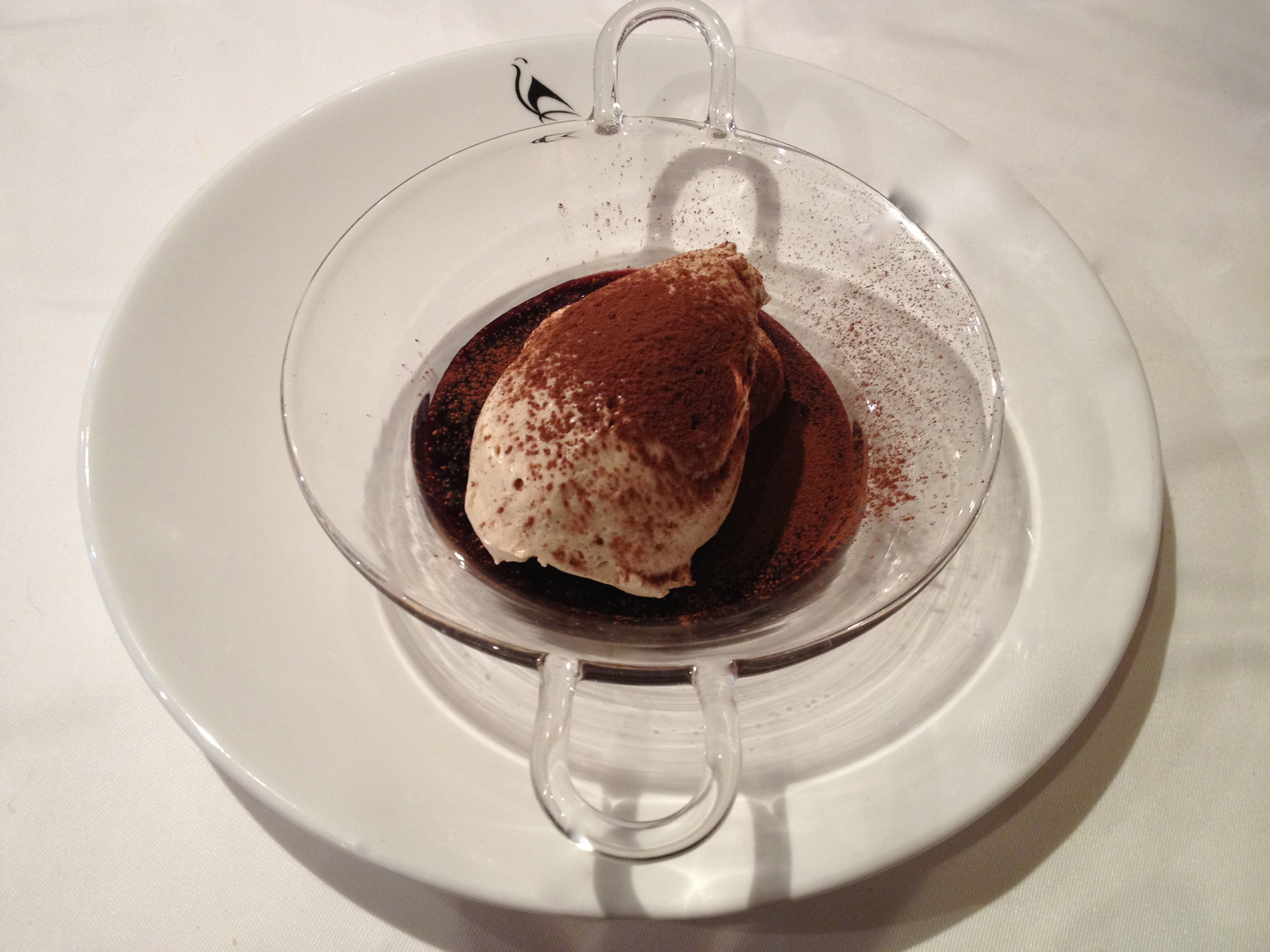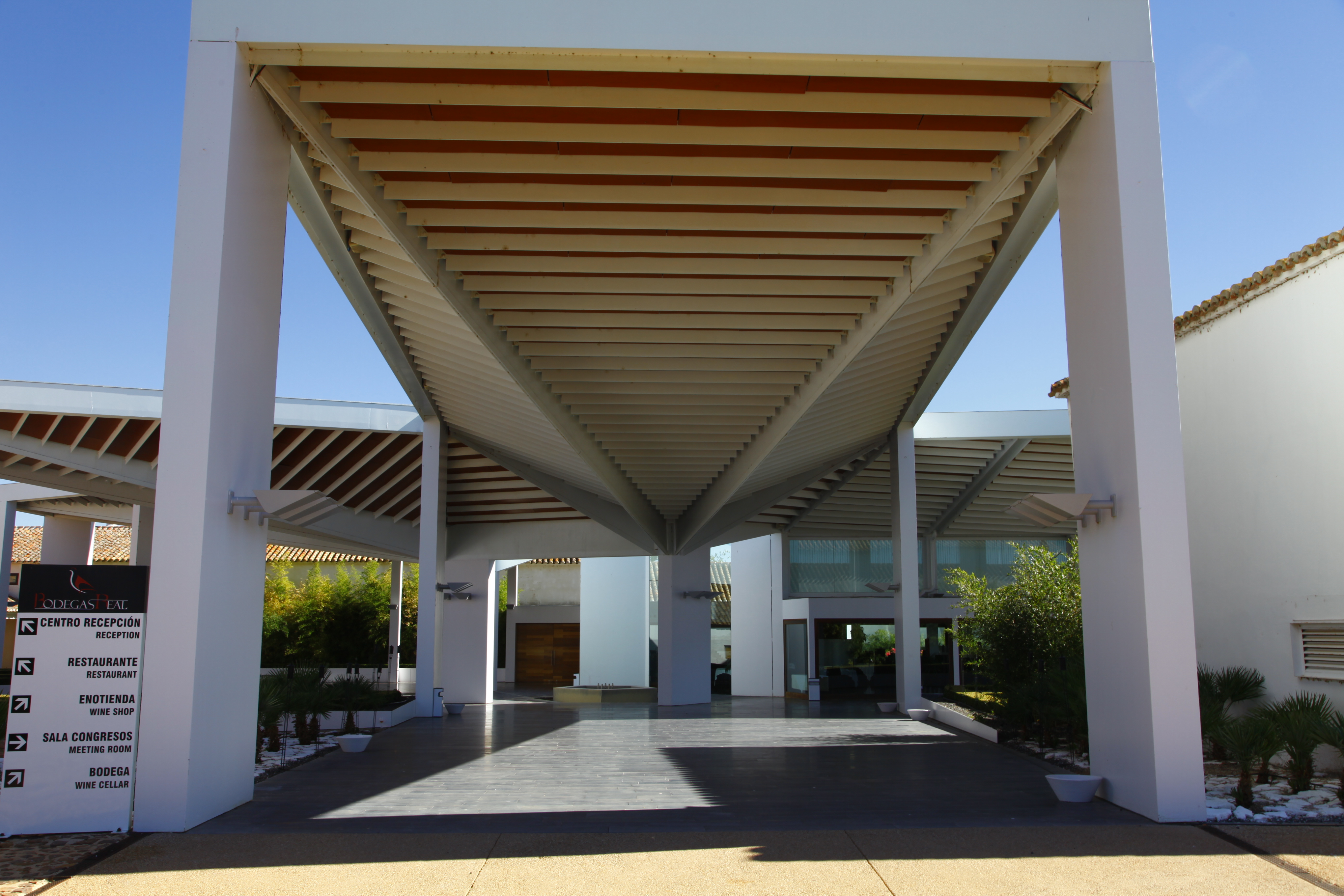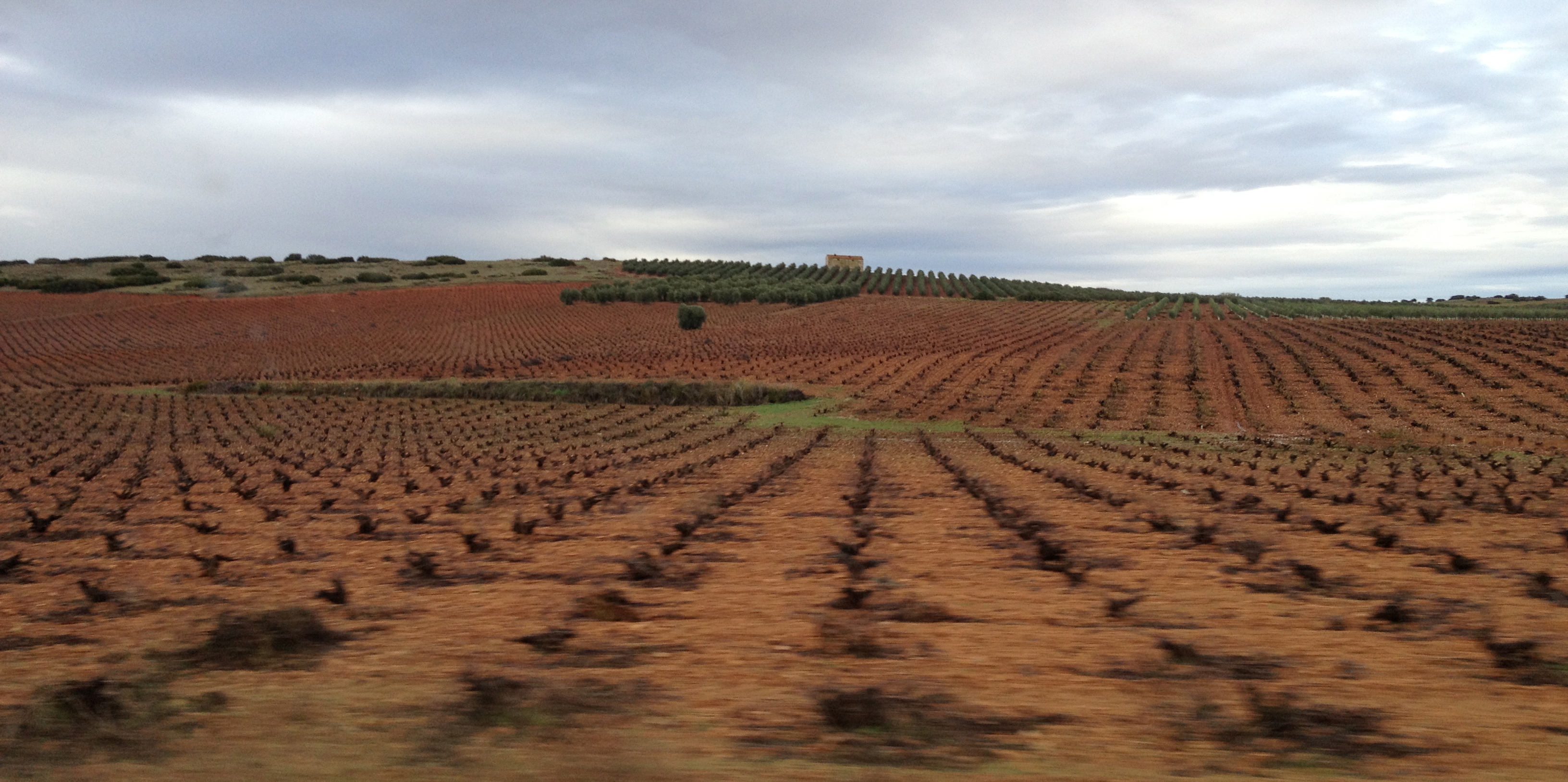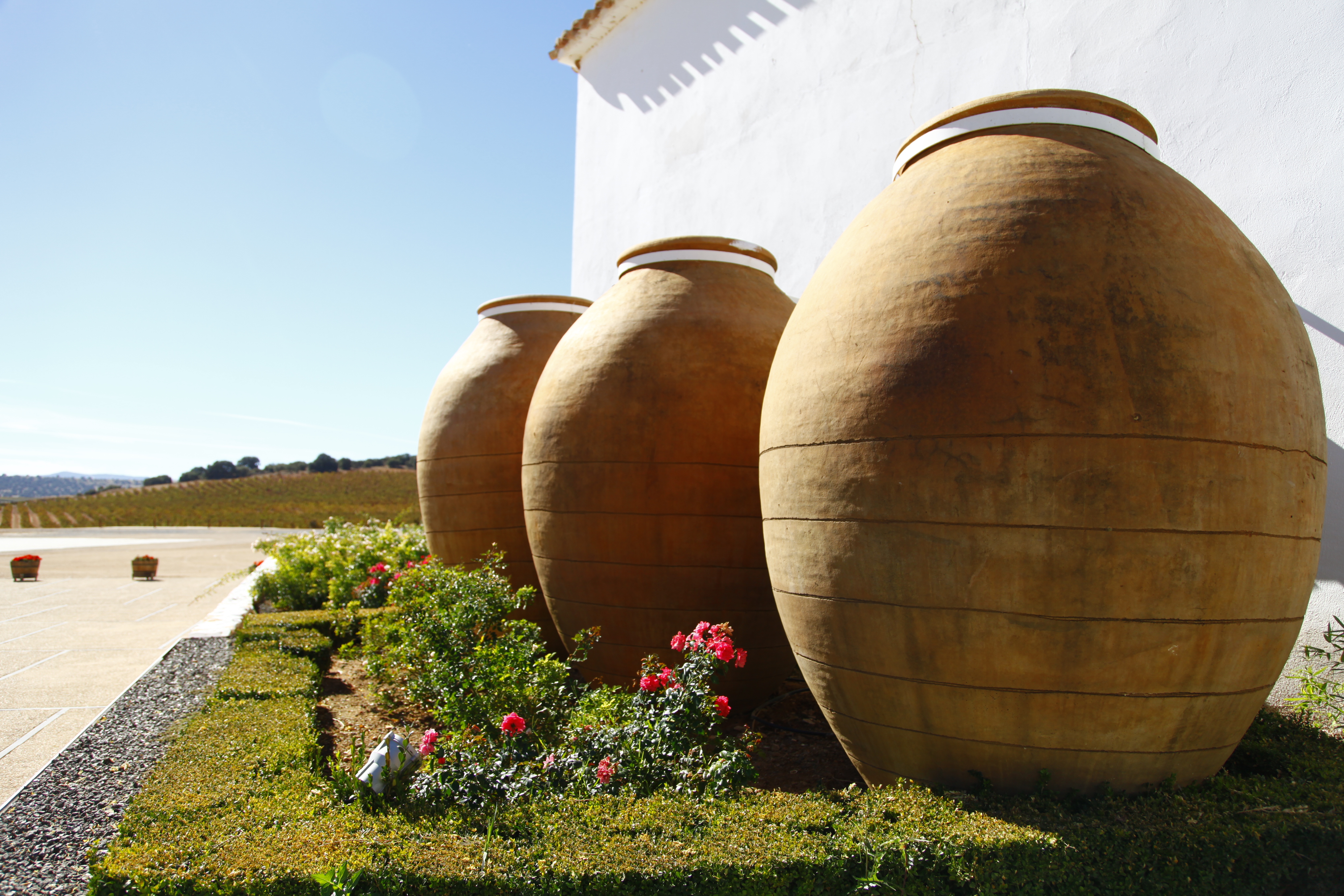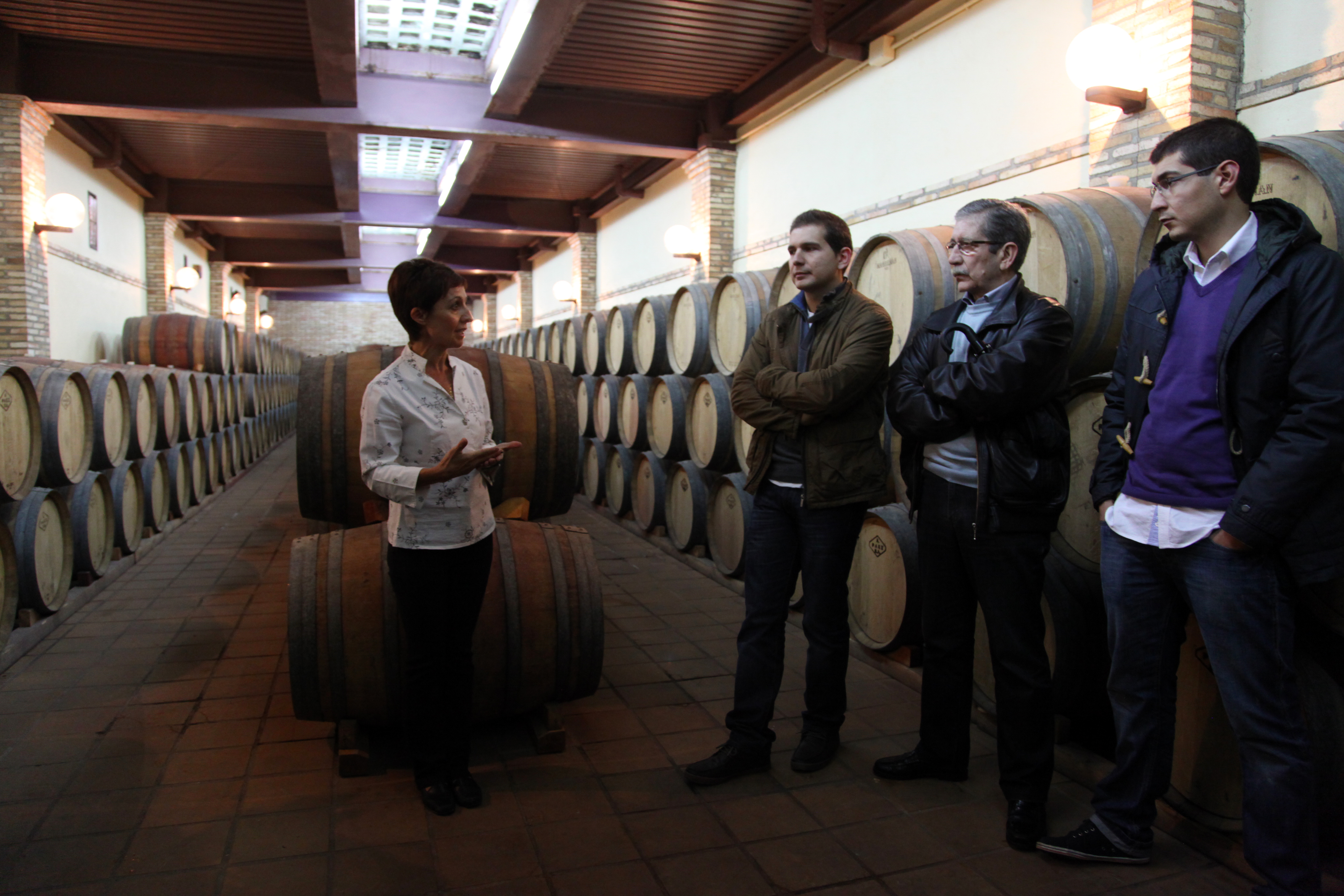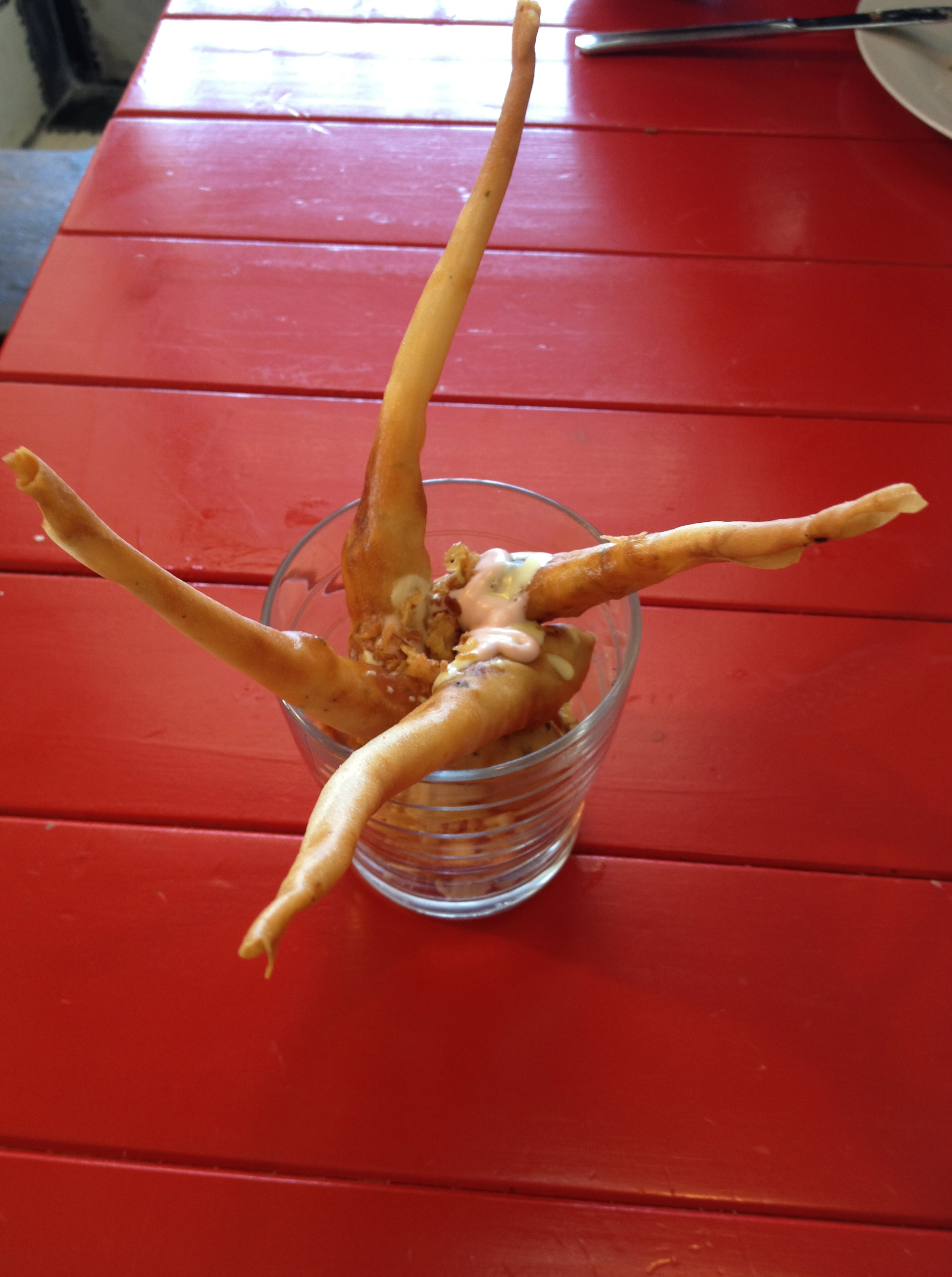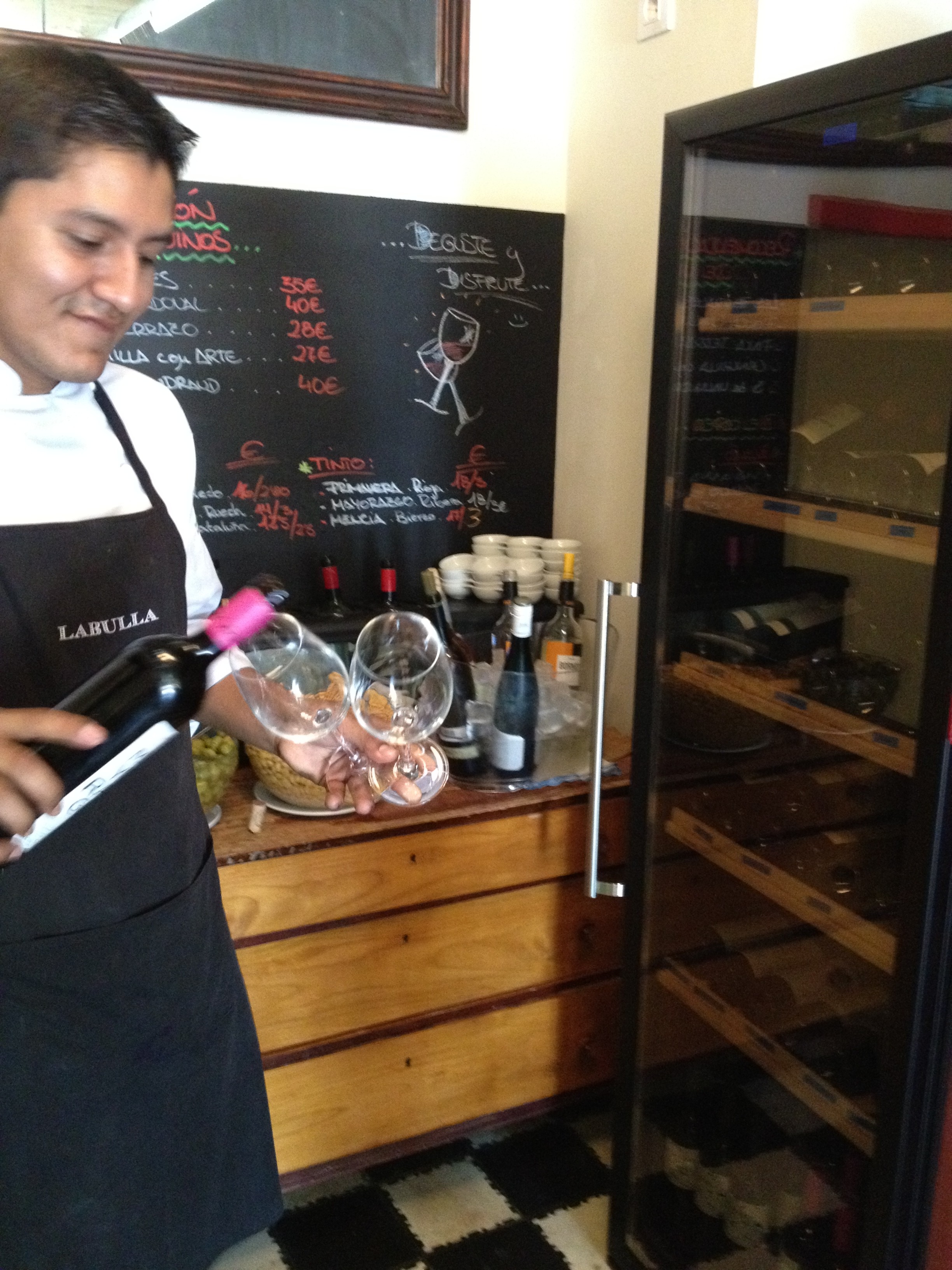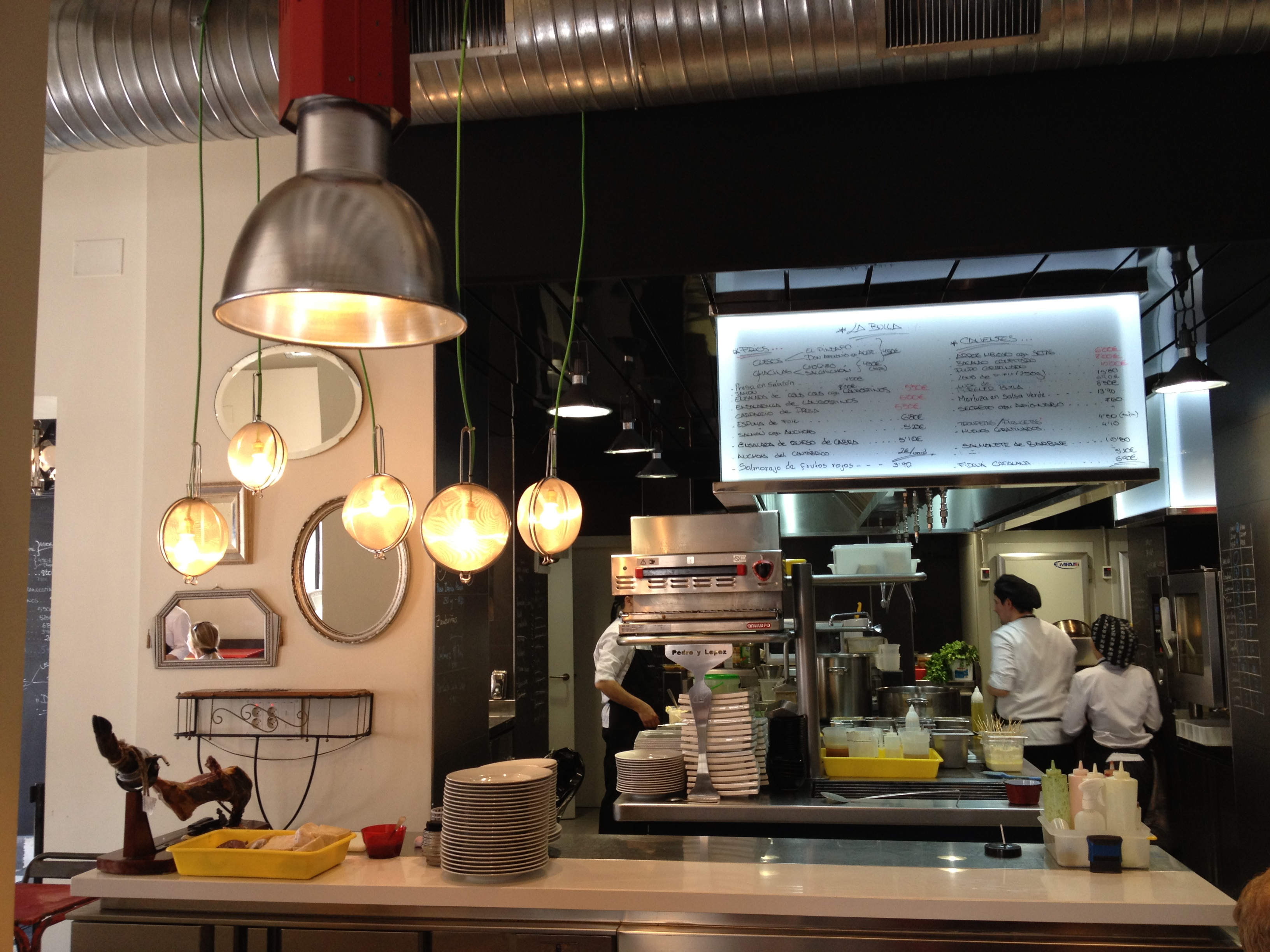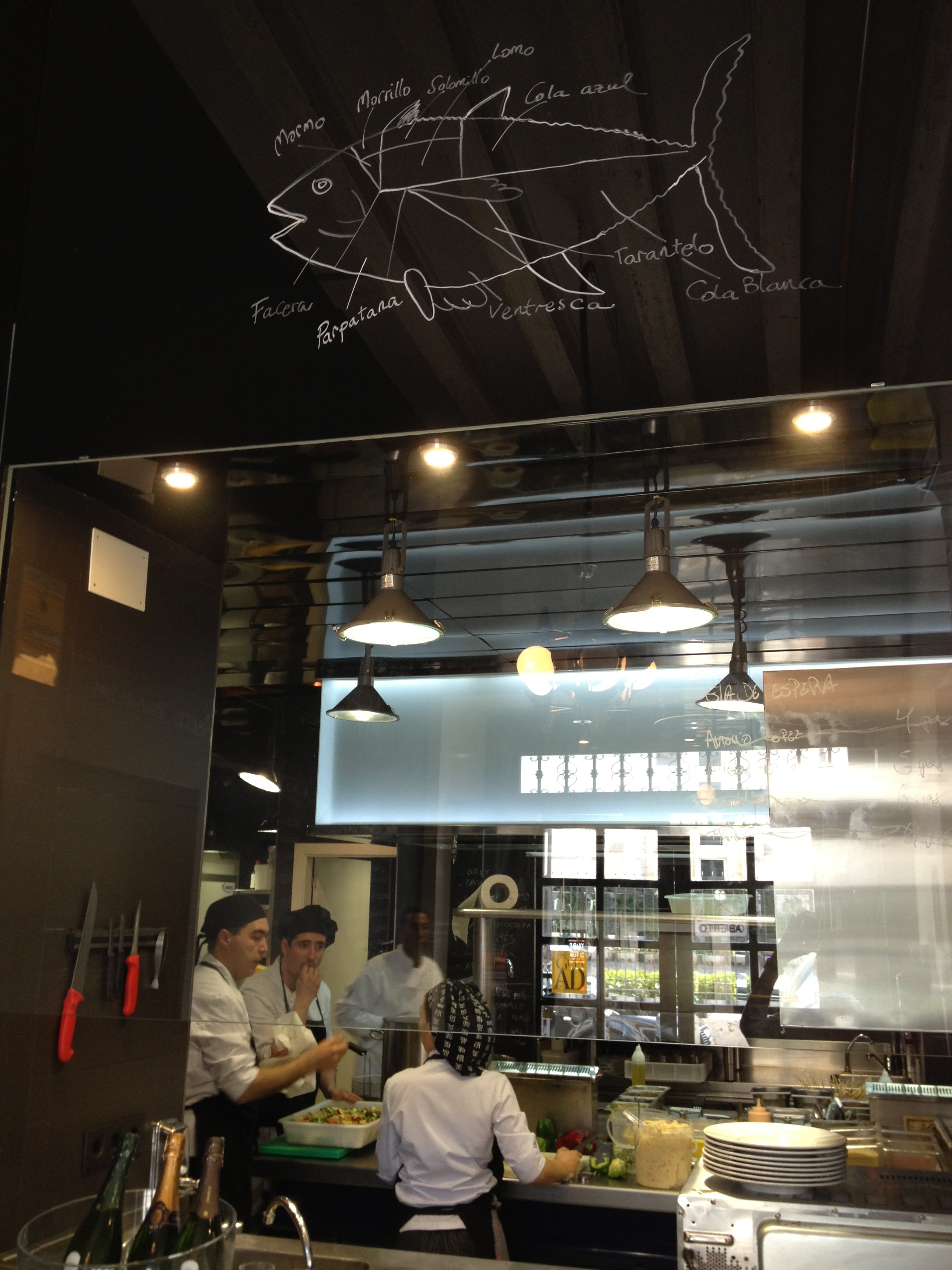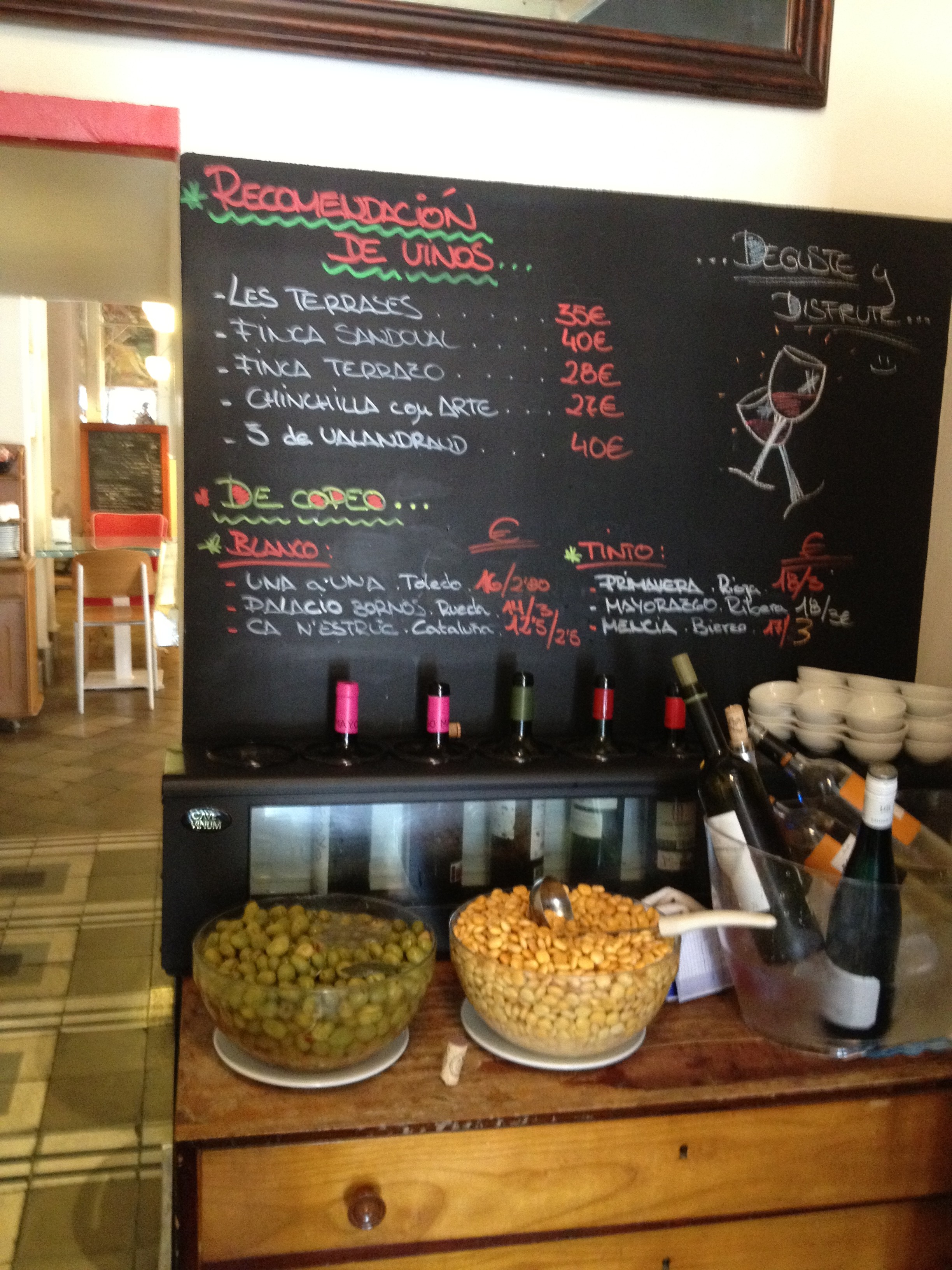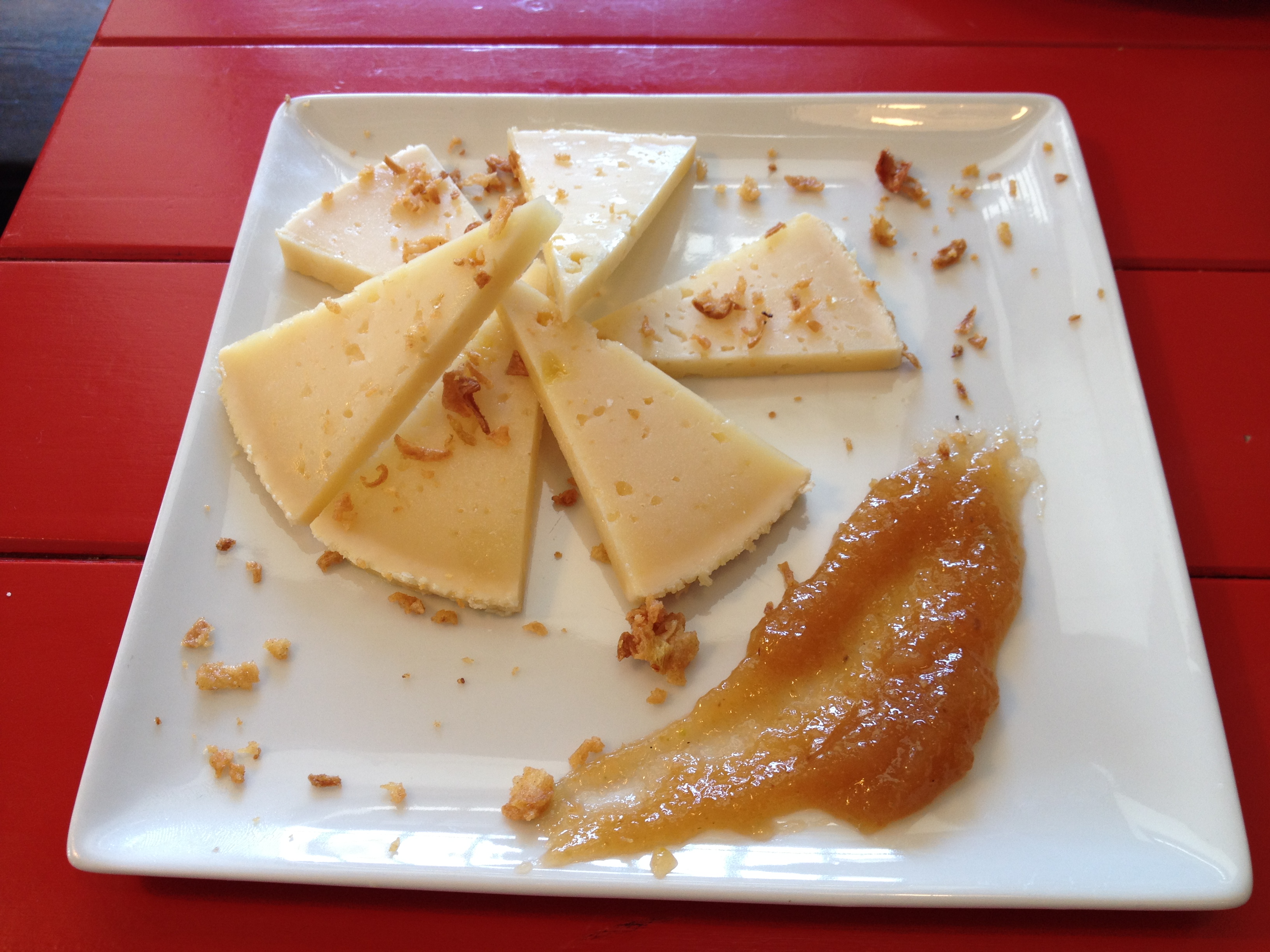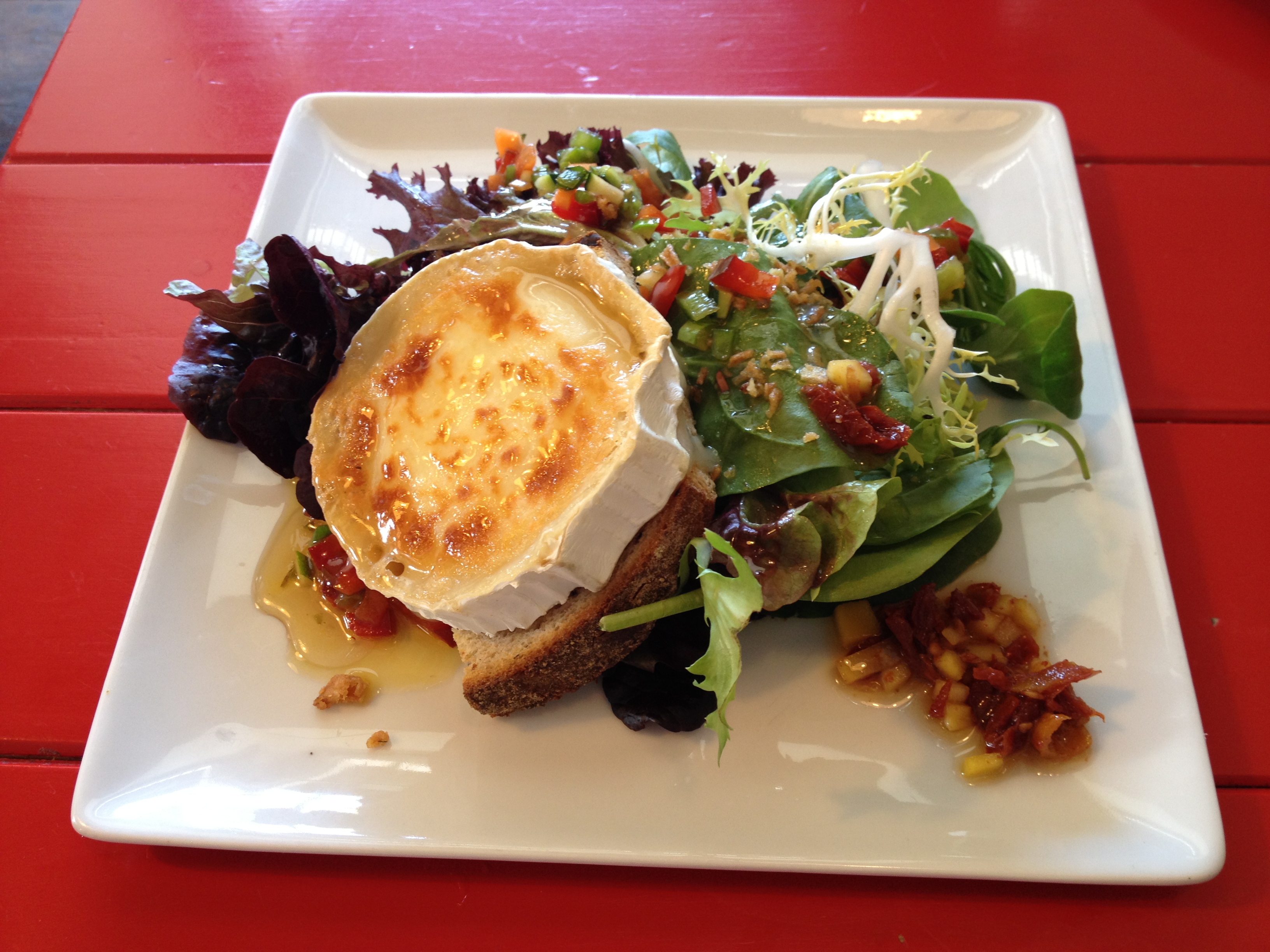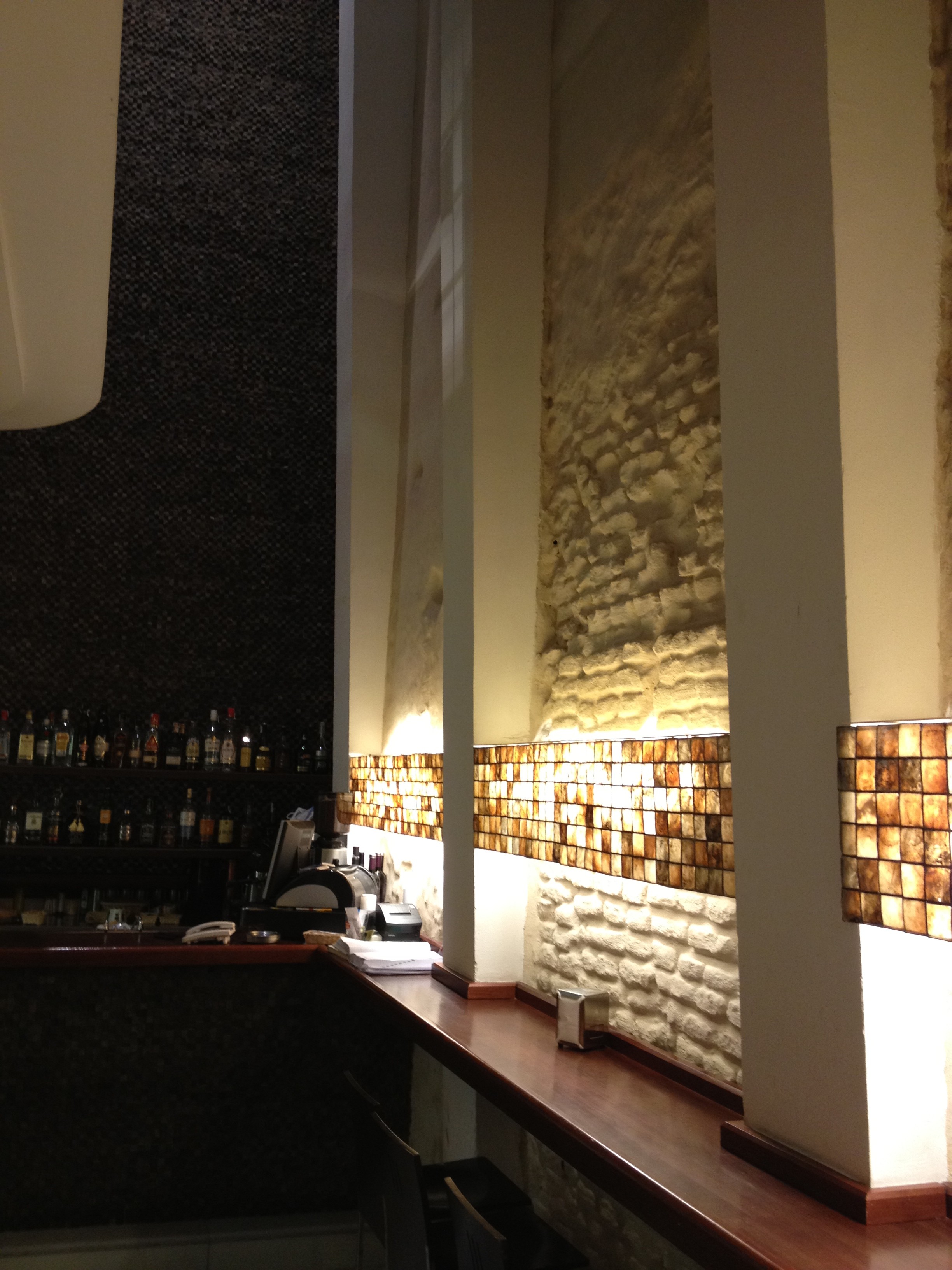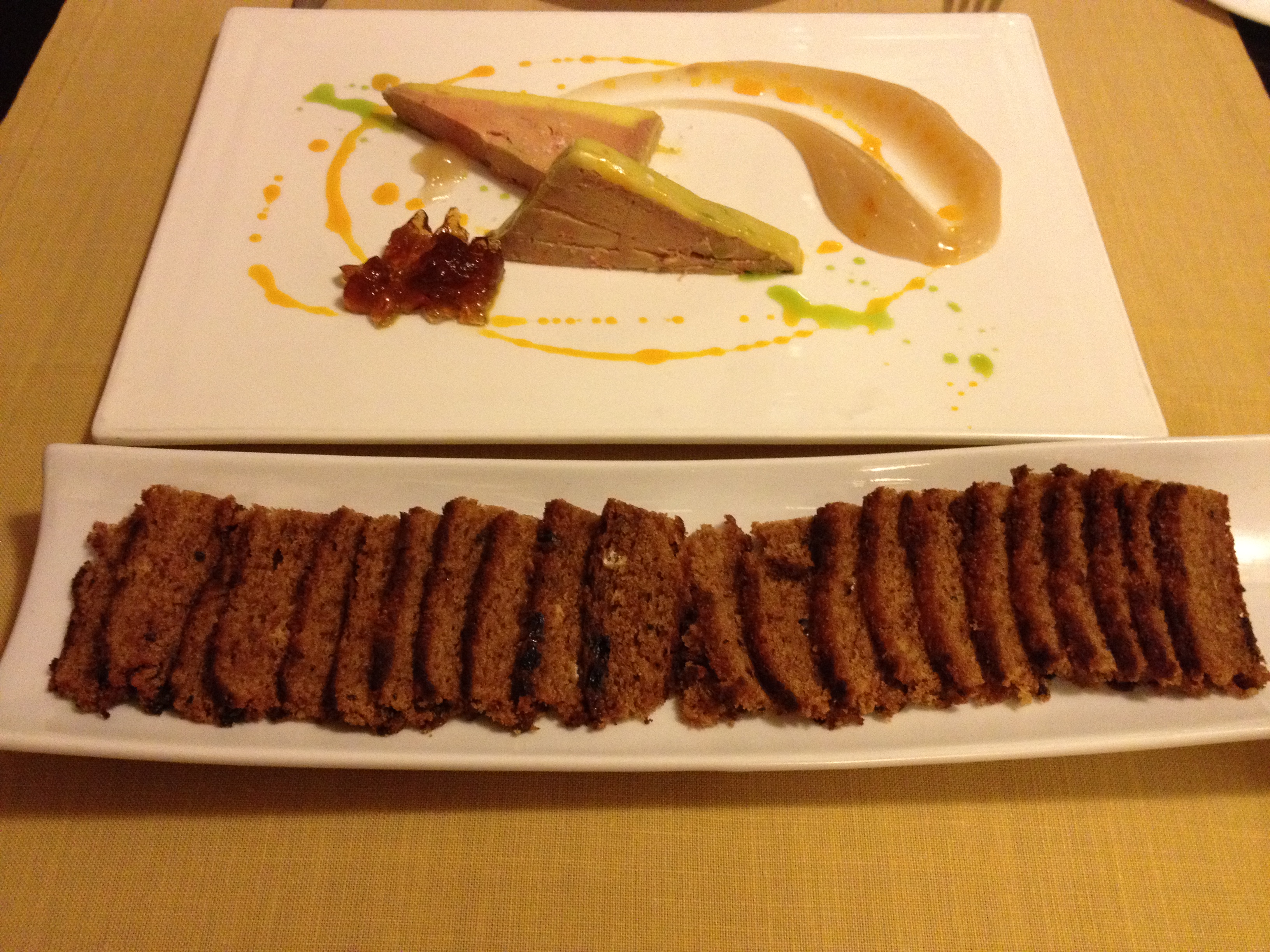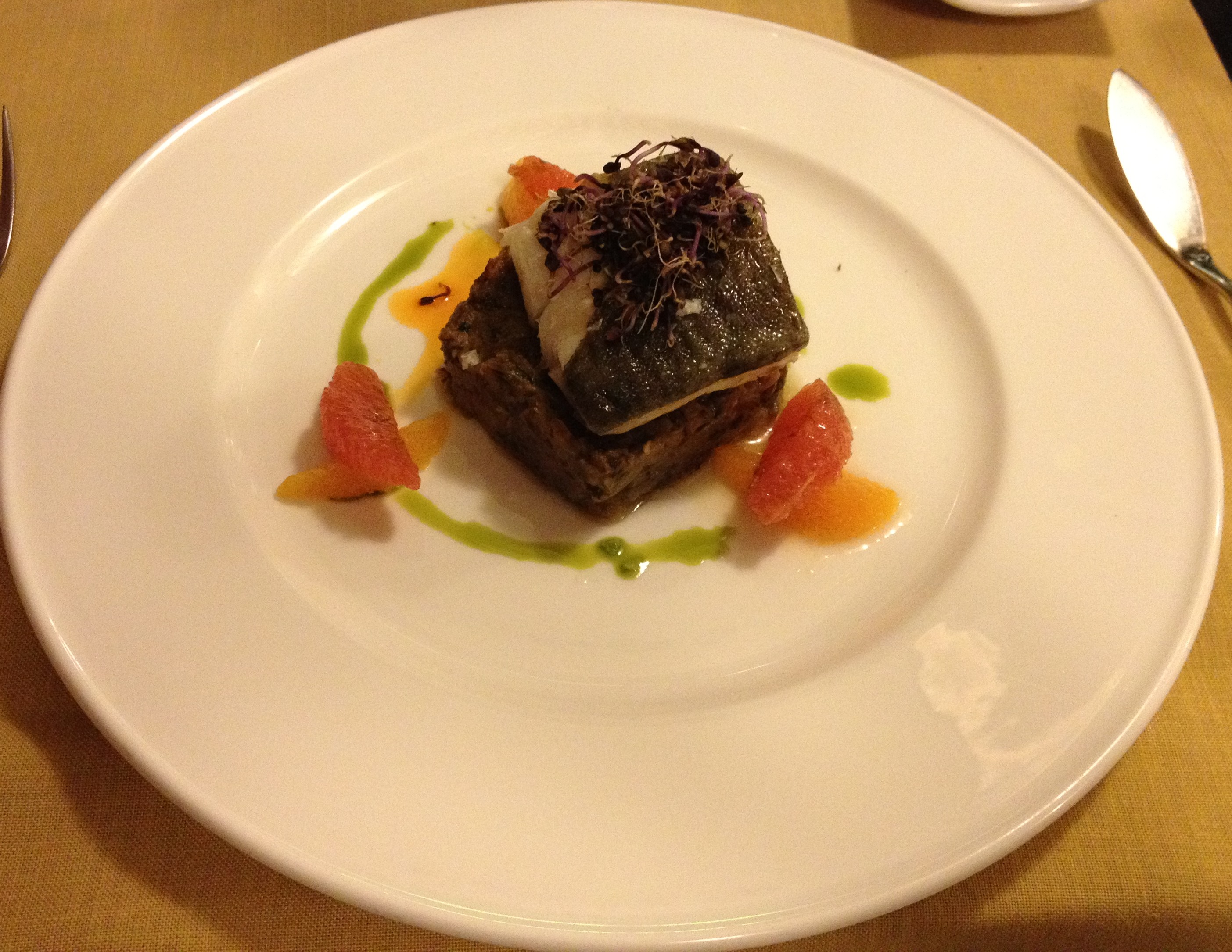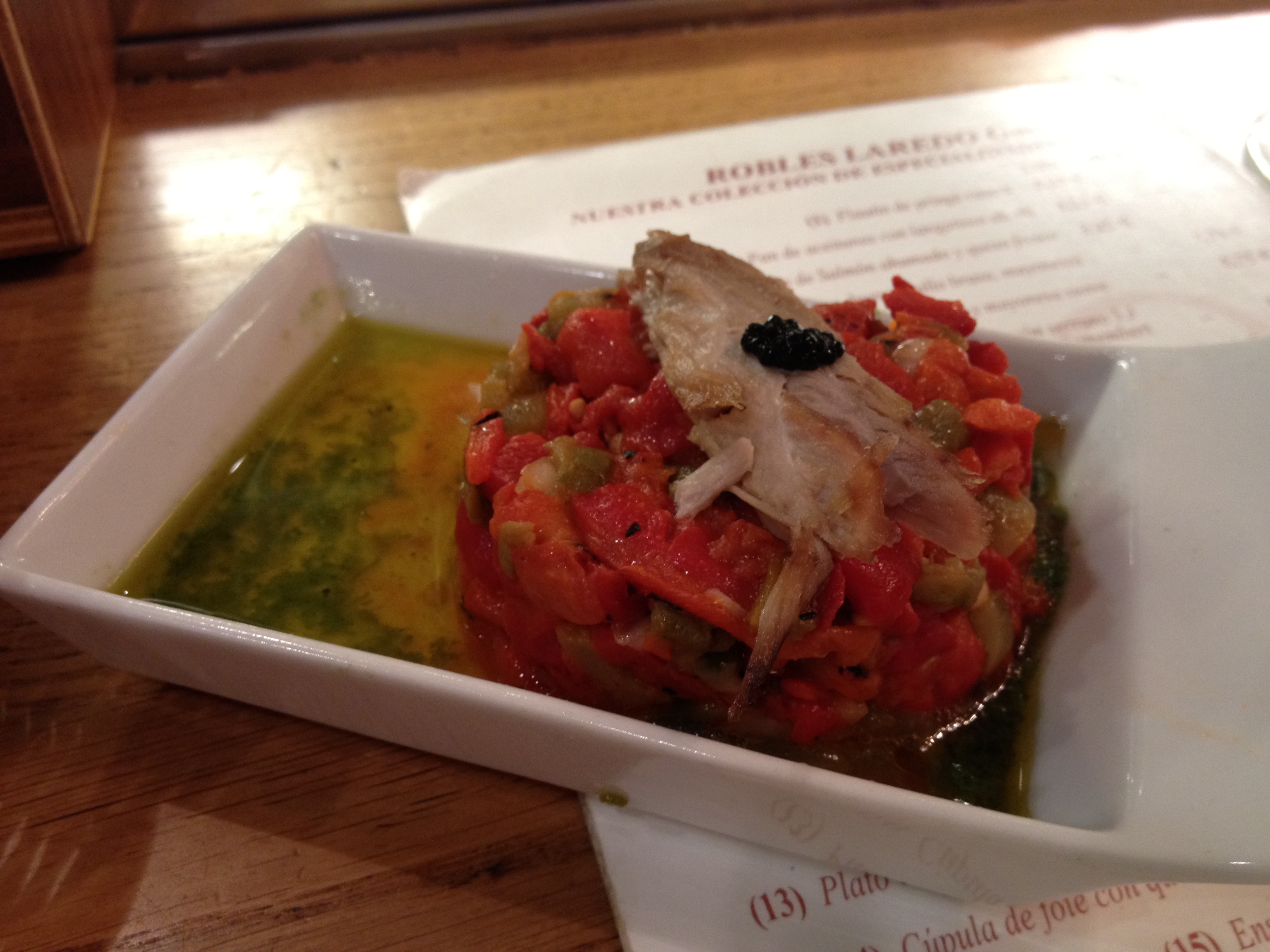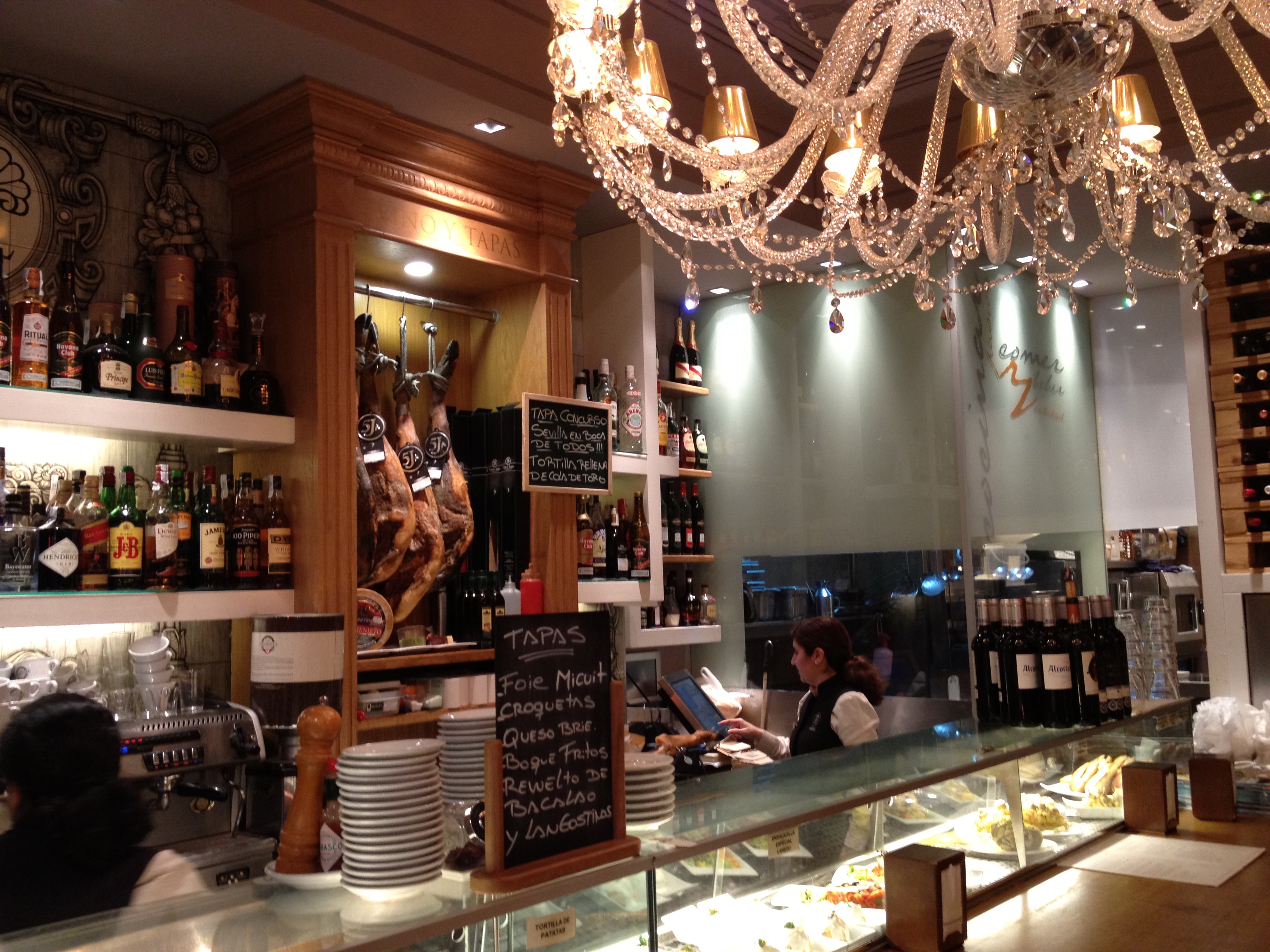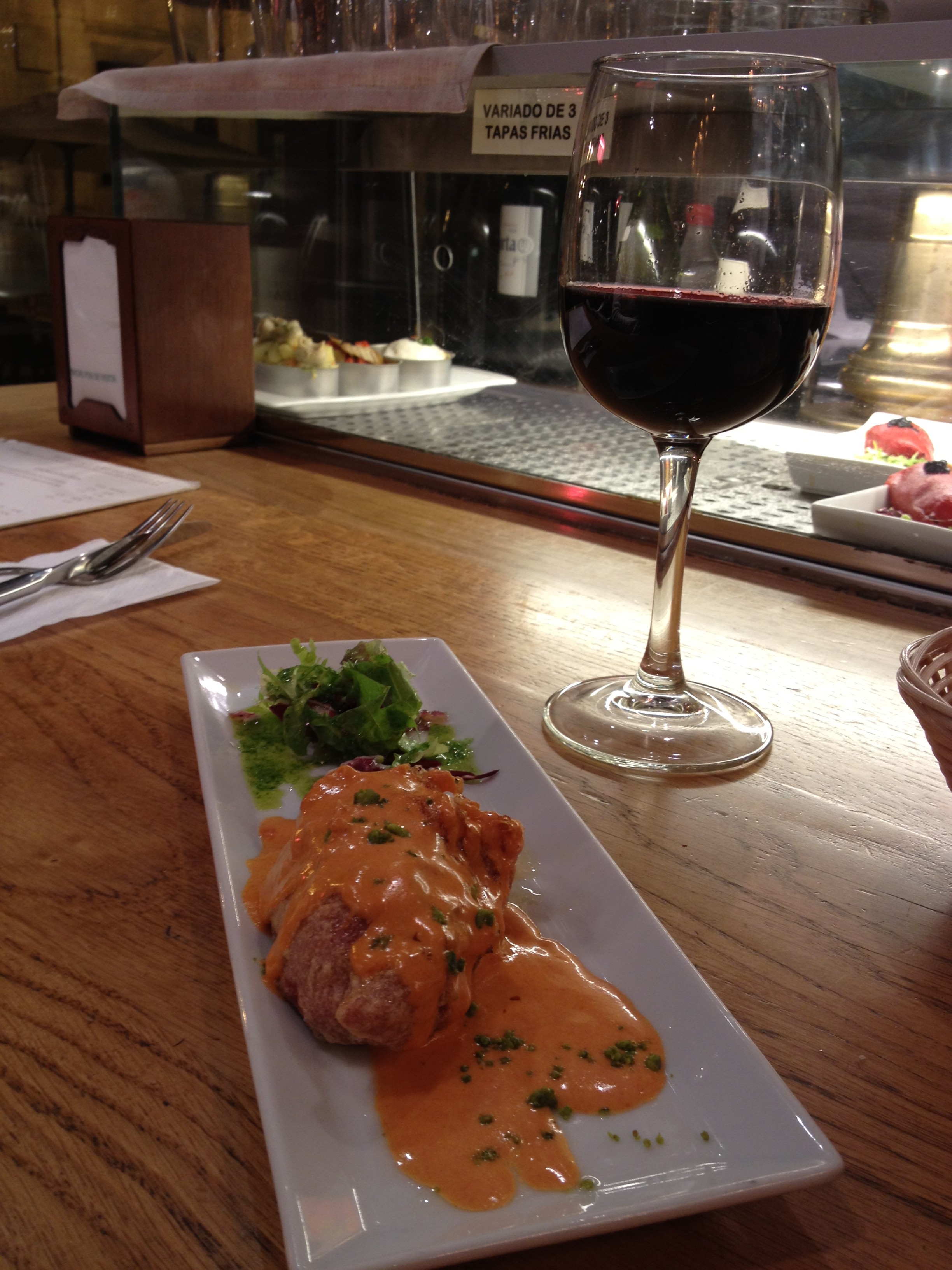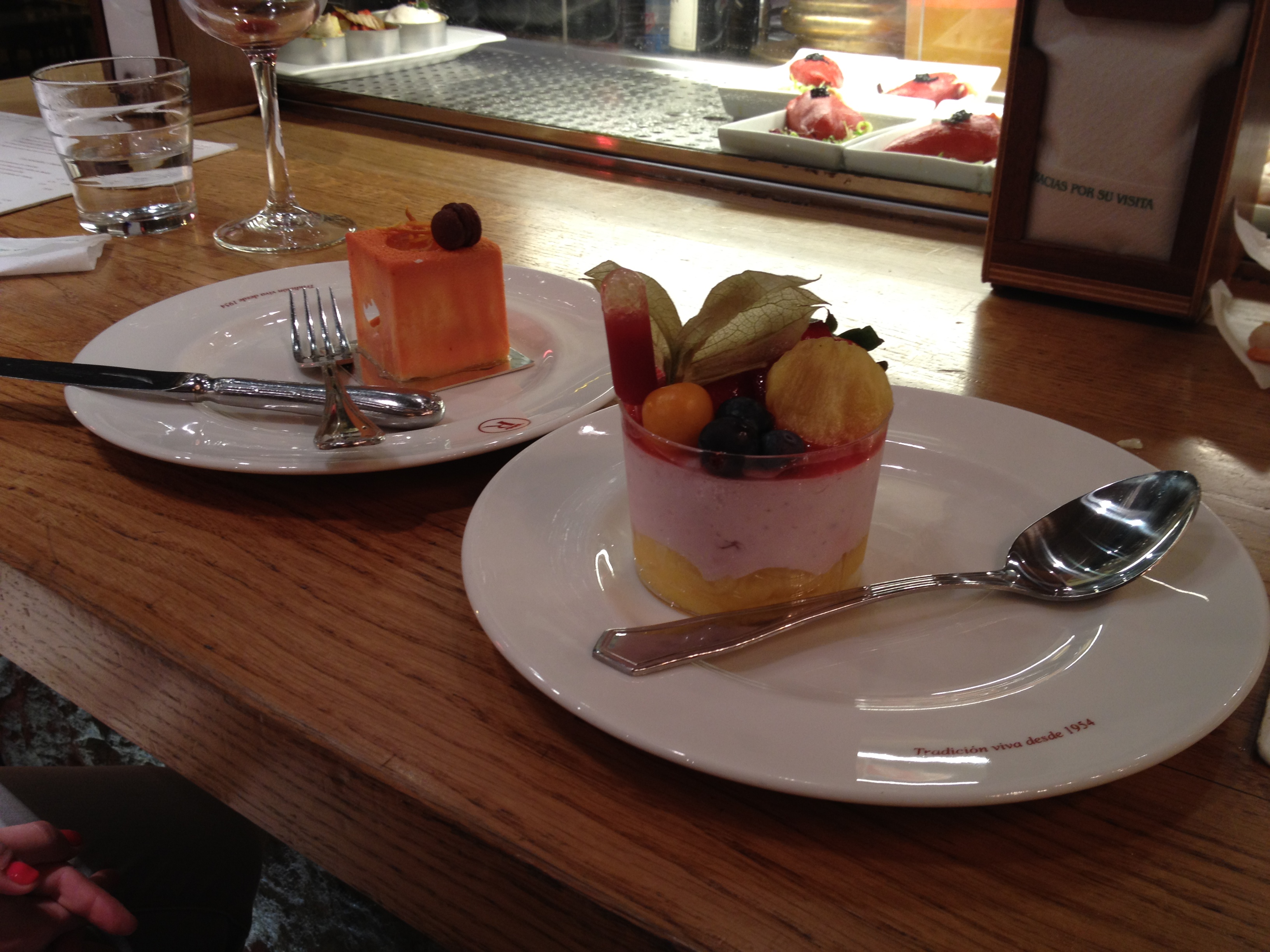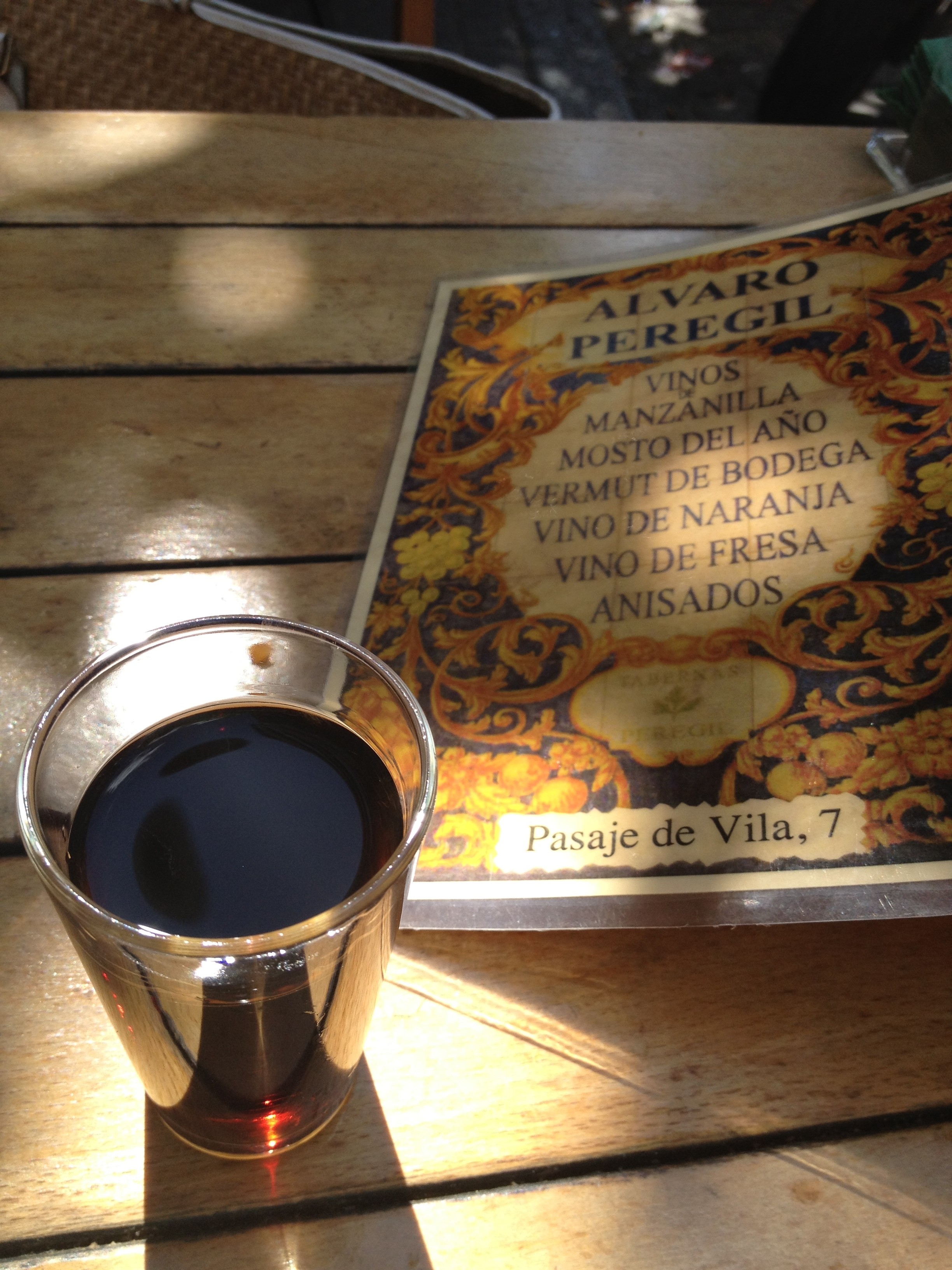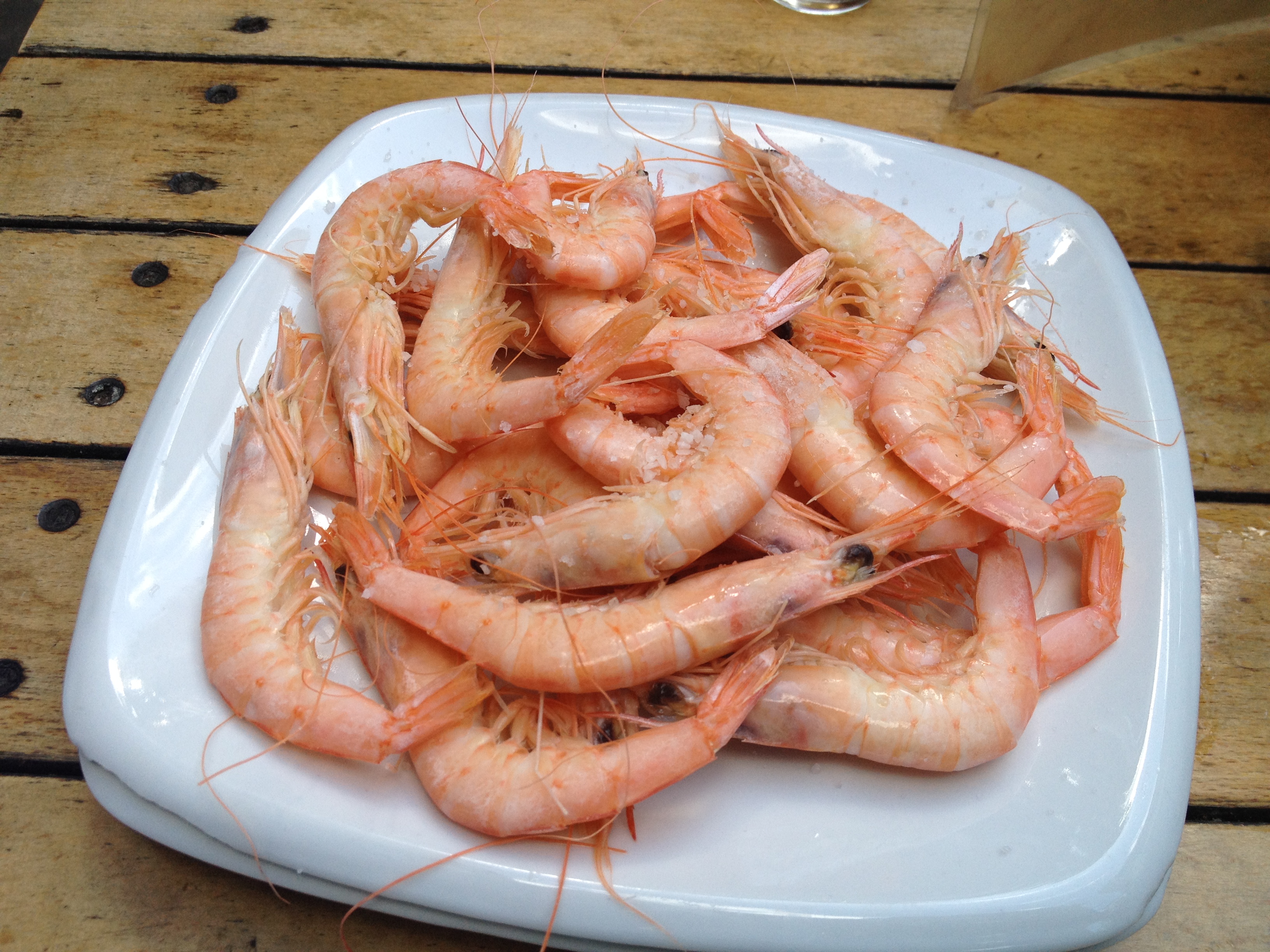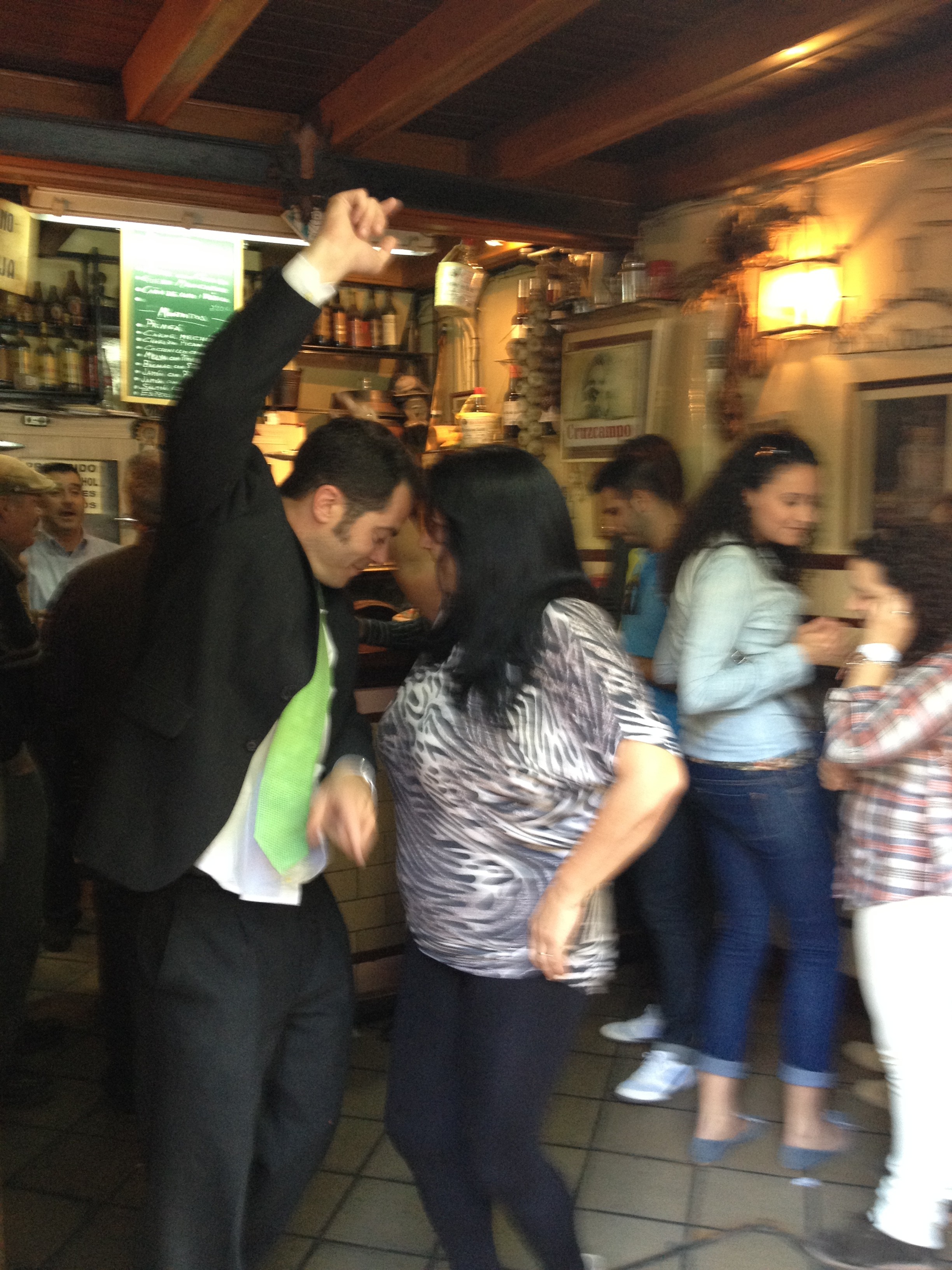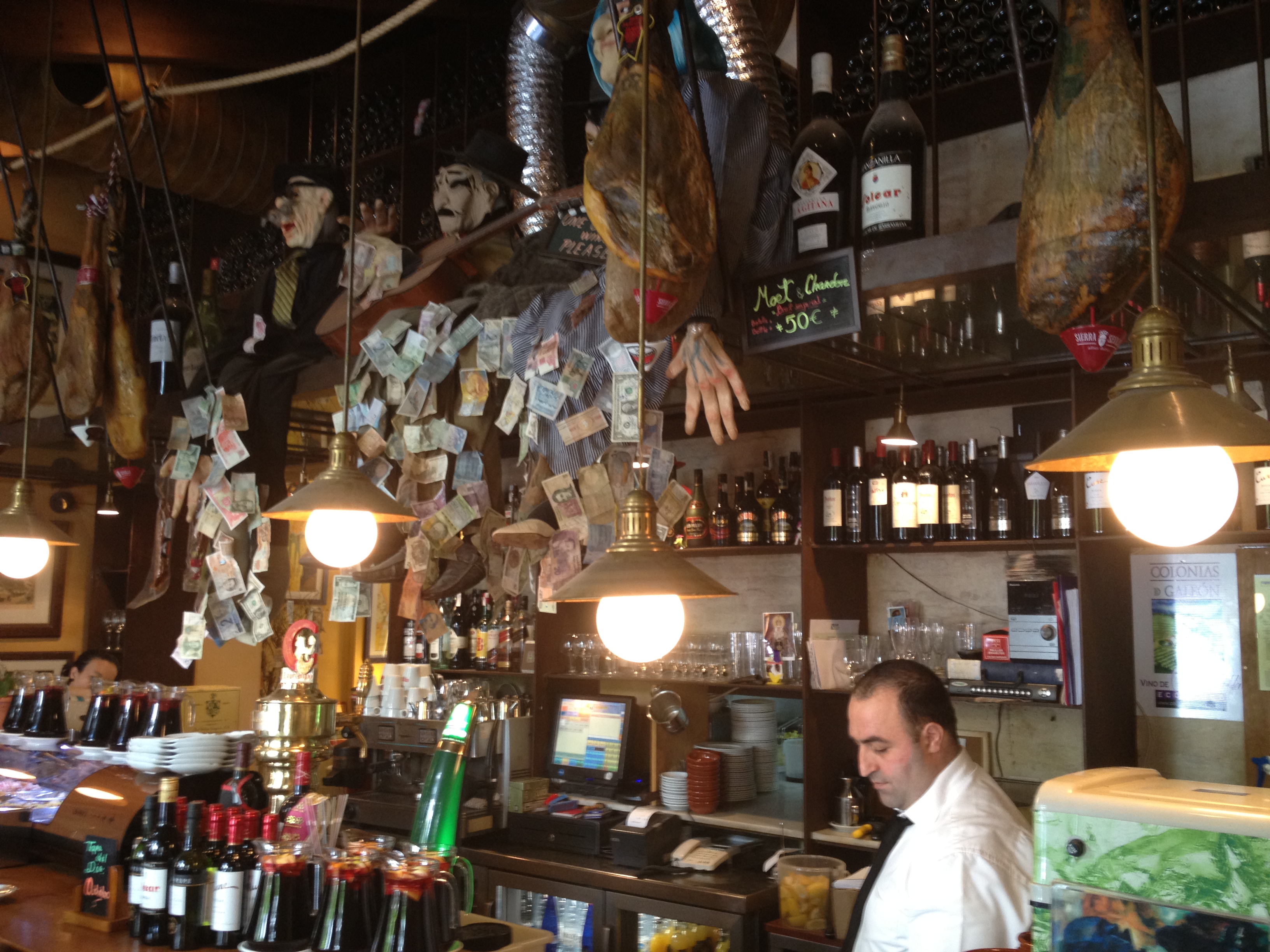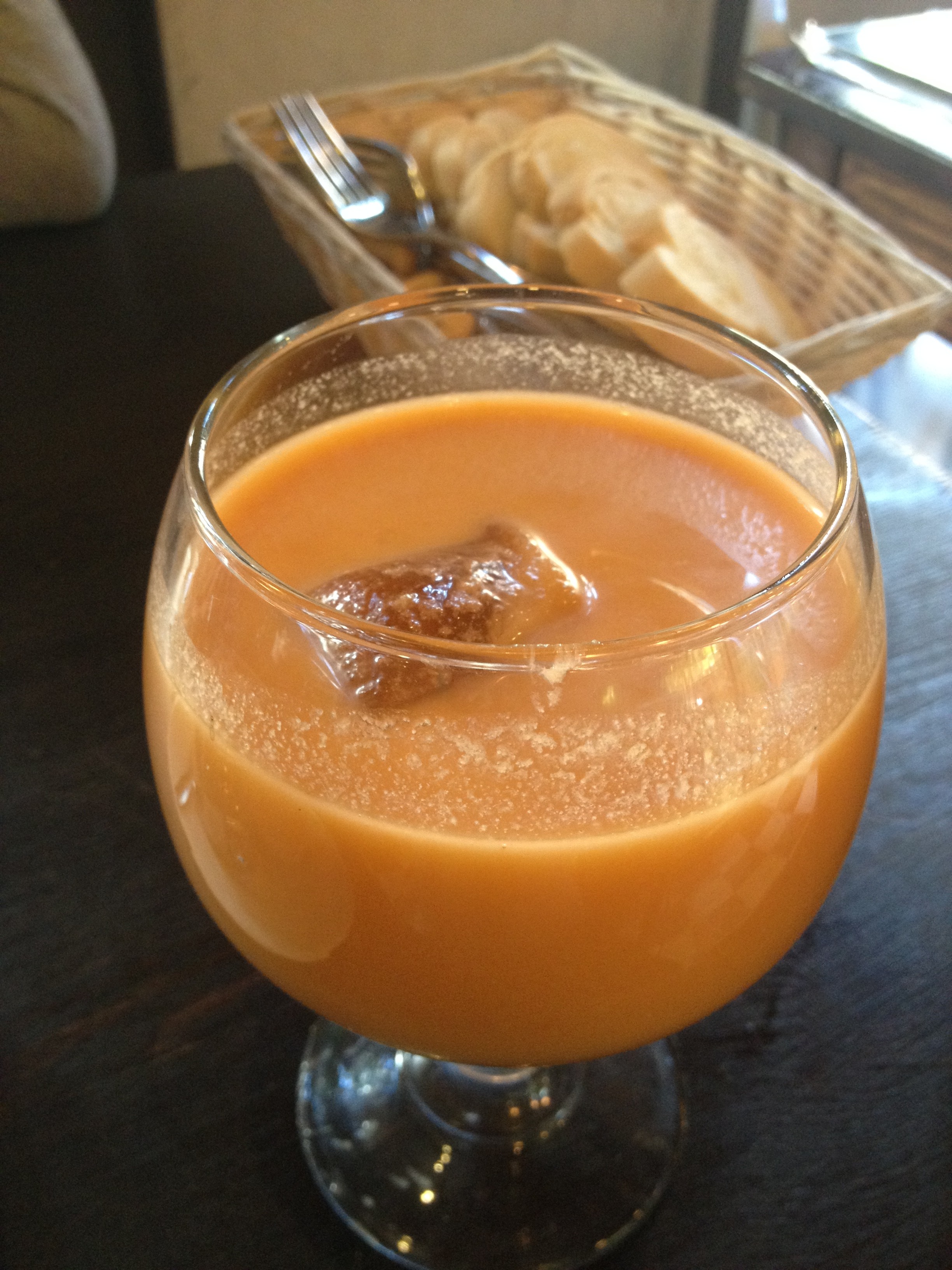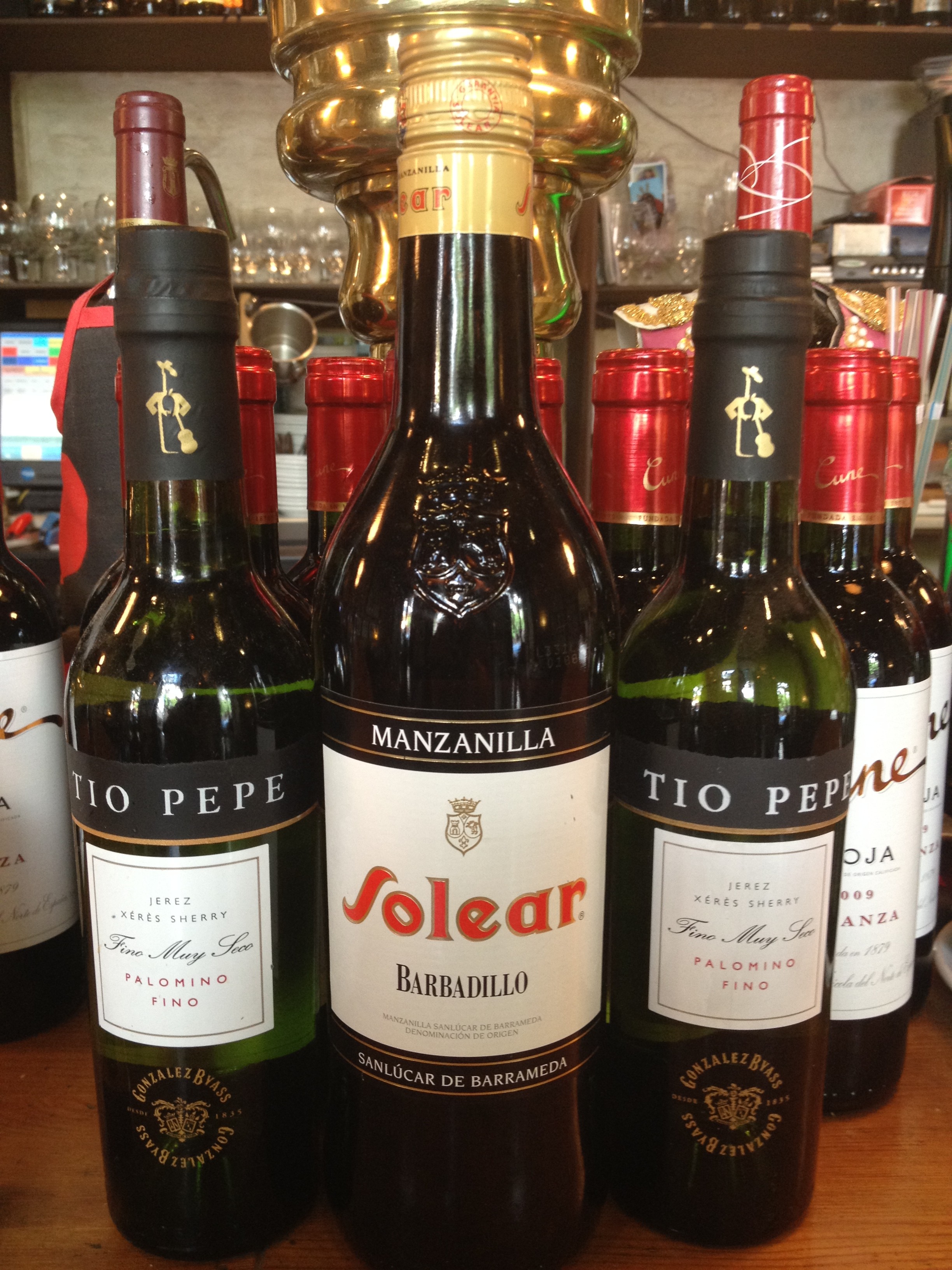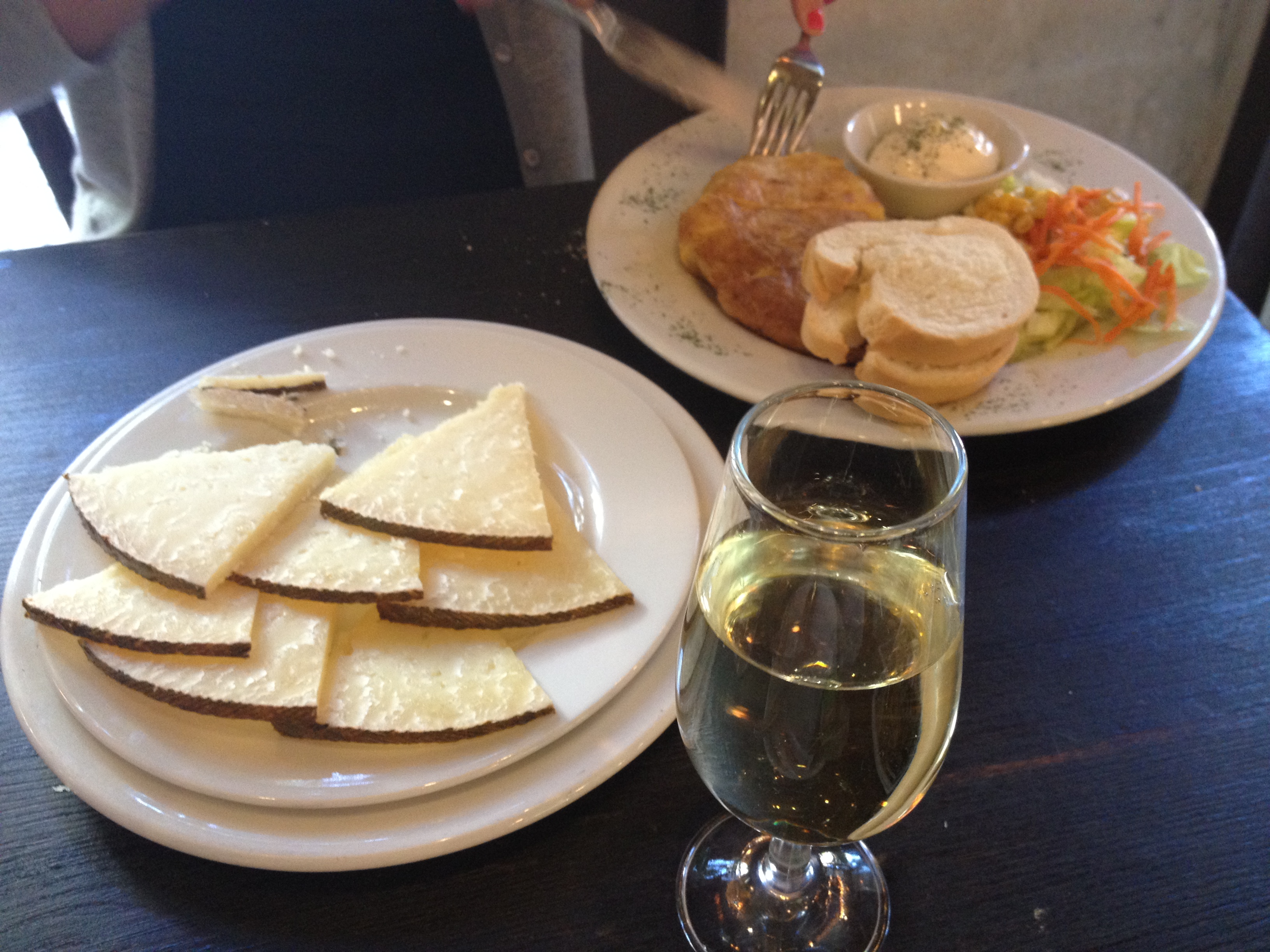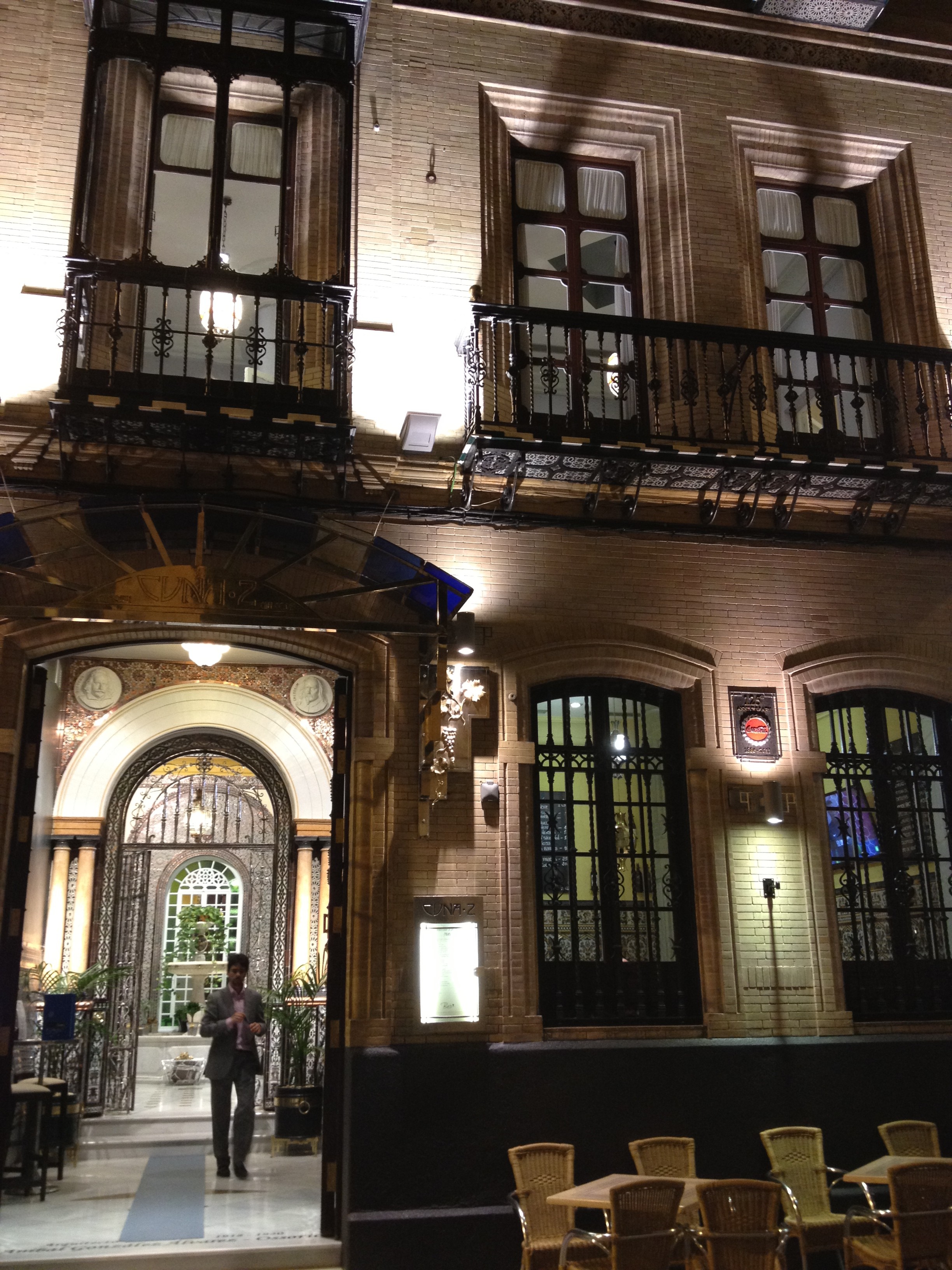INTERVIEWS WITH A WINE EXPERT: the new Spanish wine 'scape'
Lenka Sedlackova MW, has been in the wine business for over a decade. Based in London, she works with one of the best UK importers Fields, Morris & Verdin. She is the first Czech Master of Wine (MW). We talked about her penchant for Spanish wine.
What is the most attractive about Spanish wine for you?
There is more softness and plushness found often in the Spanish reds, and they are never overtly tannic or acidic, which makes them easy to drink. But they are often also beautifully perfumed. The whites are fresh and interesting but often uniquely and unashamedly Spanish (white Rioja being a good example).
Who makes the most interesting wines from the indigenous varietals?
I am a big fan of Godello (white) and Mencia (red). Both varieties are grown in Galicia and Leon (Bierzo) and have been plucked from obscurity relatively recently by brothers Rafael and Alvaro Palacios.
Godello is all about texture. It’s not a variety that is aromatically complex at the best of times but in the best hands it displays flavours of yellow fruit, chestnut flowers and fennel. It has a slight bitter herb character on the palate but has this wonderful minerality. There are both oaked and unoaked versions at various price points. The best Godellos are made by Rafael Palacios in Valdeorras (the region’s steepslopes and older vines produce the best results) – look out for his ‘Louro’, which is a great example of the variety but it is one of Rafael’s top wines. His oaked Godello – ‘As Sortes’, which is amongst the best white wines currently made in Spain. Other producers worth trying are Telmo Rodriguez and Valdesil.
Mencia has its home in Bierzo, further inland from Valdeorras in the province of Leon. Here, it produces wines that are aromatically complex, often showing heady perfume of roses, wild herbs and lavender, and minerality that many attribute to the region’s basalt and slate soils. Bierzo in fact has some of Europe’s oldest soils and the top vineyard of the region, La Faraona, lies on a tectonic fault. Mencia can be reductive and capricious so often benefits from decanting and serving in large Burgundy glasses. In Bierzo, it can reach relatively high alcohol level (up to 15% in hot vintages like 2011), but it generally carries it well. The benchmark producer of the region is Descendientes de J. Palacios – their entry level wine, ‘Pétalos’, is a great introduction to Mencia. If your pocket allows it, look out for single vineyards Las Lamas or Moncerbal, both situated on steep slopes of very old vines. This is Spanish wine at its best.
Other Bierzo producers to explore are Dominio de Tares and Raul Perez.
I am also a huge fan of Mencia from Ribeira Sacra in Galicia – stylistically they tend to be fresher, lighter in alcohol and crunchier. Dominio do Bibei is the best producer there. One of the best wines made from Mencia that I have so far tasted is Telmo Rodriguez’s ‘As Caborcas’, from Valdeorras. If you can find it, buy it.


Which winemaker working in the country has influenced the most how the wines are made today in Spain?
I am biased because I work with his wines, but Alvaro Palacios has been a pioneer both in Priorat and Bierzo and is doing interesting things in Rioja, too. But influencing and being the greatest winemaker are two different things. There are so many different styles of wines made in Spain, it’s really hard to be so specific.
I think the most exciting winemakers are for me the real local heroes, who are protecting Spain’s heritage, rescuing old vineyards and bringing back old traditions. My lovely friends Elisa Ucar and Enrique Basarte from Domaines Lupier, who are putting Navarra back on the map (check out their gorgeous old vine ‘Garnachas El Terroir’ and ‘La Dama’), Suertes del Marques are doing amazing things with old vines grown on the volcanic soils of Tenerife, Terroir al Limit are redefining wine styles in Priorat and ‘flying’ winemaker Telmo Rodriguez is rescuing old traditions in regions such as Malaga and Cebreros.
How can Cava appeal to sparkling wine fans if compared to Champagne, Prosecco and other fizzy wines made? Which one is a must try cava?
Cava has masses of potential. I really don’t think there is any comparison to Prosecco. For me Prosecco is a simple fizzy wine without any complexity that is best served on ice with some Aperol! Whilst it is true that cheap Cava gives the category a bad name, there has been a bit of a revival in Penedes over the past few years, and there are some excellent long-aged Cavas now available internationally that were, perhaps, previously only seen in Spain.
Cava is made by the traditional method so has a similar autolytic quality to Champagne. The difference is that it is softer in acidity and instead of showing the citrus and nectarine fruit often displayed by sparkling wines made with Champagne varieties (Chardonnay, Pinot Noir and Pinot Meunier), it has more orchard fruit and a slight bitter character on the palate, especially when containing larger proportions of Xarel.lo. This makes Cava an ideal partner to food. I think sometimes this sparkling Spanish wine can be more food-friendly than Champagne.
The two best producers for me are Recaredo and Cava Gramona, both produce only Gran Reservas (aged for more than 30 months on the lees). I also love the cavas made by Alta Alella (great packaging, too), Augusti Torello, Llopart and Vilarnau.
Do you see more biodynamic and/or organic wines being made in Spain now?
It’s very easy for a lot of Spanish wines to be organic – some regions can be very hot and dry and this means little disease pressure. A lot of producers I work with work organically, but they often don’t make a big song and dance about it, it’s a natural thing for them to do. Although I think sometimes people put too much emphasis on the word ‘organic’ – organic viticulture prescribes the use of copper, which is toxic to the soil. So it’s best to take these things with a dose of reality. There are a good number of producers who work biodynamically and the number is increasing. Producers I already mentioned – Domaines Lupier in Navarra, Palacios in Bierzo, Recaredo in Penedes, and you can really see the results in their wines.
Which region (and its wines) is the most under-appreciated by non-Spanish wine connoisseurs?
Probably Penedes and Cava. Cava has such a bad reputation as a cheap, simple and not so great sparkling wine. More people need to give it a chance, but you have to know what you’re buying, too.
How different is sherry from other wines in Spain and in the world?
Sherry is unique Spanish wine, but often imitated abroad (Australia makes some sherry-style wines, for instance), and rarely bettered. Until recently, sherry was quite unfashionable, seen as an old ladies’ drink but this has changed. You will find sherry on wine lists in fine dining restaurants as well as traditional sherry bars or Spanish tapas bars. It has to be said that it is the dry, biologically-aged (under flor, which is a type of yeast that blankets the surface of the wine protecting it from oxygen and at the same time adding flavour) styles of sherry (Manzanilla, Fino and En Rama) that are more popular than the darker-coloured, oxidatively-aged styles like Oloroso or the intensely sweet Pedro Ximenez.
In terms of style and taste, sherry is different in that it is a fortified wine, meaning it has had neutral spirit added to it to rise the alcohol level. Sherry tends to be in the region of 15-20%. The wines are an acquired taste and wine novices often don’t like them. You have to grow into it – try the wines in Spain alongside Spanish food to truly understand their place in the world.
Geographically, Spain has on average higher altitude than other European wine growing regions, with consideration of the changing climate (effect on drier areas & the allowance for irrigation since 2003), which is the most promising wine growing region on the Iberian peninsula and its adjoining islands?
Although I believe that climatic changes have recently had a much bigger impact on wine growing in countries like the UK and Germany, people often forget that Spain is a hot country already. It is therefore much more able to tolerate heat spikes than other countries. Good example was the very hot 2003 vintage, which has produced so many jammy, alcoholic wines in France. It wasn’t as much of an issue in Ribera del Duero or Rioja in Spain, and actually the wines are pretty good there. Whilst higher altitudes undoubtedly help temper the effect of heat, the best Spanish vineyards are already planted at relatively high altitudes (like you say) and there isn’t really anywhere higher for them to go. I think it’s not just altitude that is important but rather a combination of altitude, old vines that are more able to cope with stress (both heat and water stress) and having the right grape varieties planted – both Garnacha and Carignan perform well in hot, dry climates whilst some international varieties like Cabernet or Merlot do not and this is why, in a lot of places, these varieties are slowly being phased out in favour of the local ones.
However, I believe that Galicia is currently showing the most potential for the quality and variety of the Spanish wine produced.
You are based in London, can you recommend the best places with an interesting and wide selection of Spanish wine?
London has a great concentration of Spanish restaurants and bars, and the quality of food and wine is often as good as it is in Spain. In the past 7-8 years these restaurants have started to crop up. My favorite Spanish restaurants/bars are Jose, Pizarro (both in Bermondsey Street) and Jose Pizarro (Liverpool St). They have the best jamon and tortillas. Other great ones include Camino ( head also to their Cava bar, Copa de Cava, in Blackfriars to try some of the Cavas I mentioned earlier), Barrafina (one of their restaurants has a Michelin star), Moro and Morito (also check out their cookbooks, my favorite!), Brindisa, Copita and Barrica, Salt Yard, Dehesa …






